aggression
HANDLING IN DOGS
UNDERSTANDING, PREVENTION, AND TRAINING
DQ | 7A 26 DOG BEHAVIOUR
Aggression in dogs can be a challenging issue for pet owners to manage. While dogs are often considered man's best friend, they are still animals with their own minds, instincts and behaviours. Aggression can manifest in various forms, such as growling, barking, snapping, or even, in more extreme cases, biting. Fortunately, with proper understanding, prevention, and training, aggressive behaviour in dogs can be managed and, in many cases, reduced or eliminated altogether.

DQ | 7A 27 DOG BEHAVIOUR
UNDERSTANDING AGGRESSION IN DOGS
Before we address how to handle aggression in dogs, it's crucial to understand the underlying causes of aggression. Here are some common reasons why a dog may exhibit aggressive behaviour:
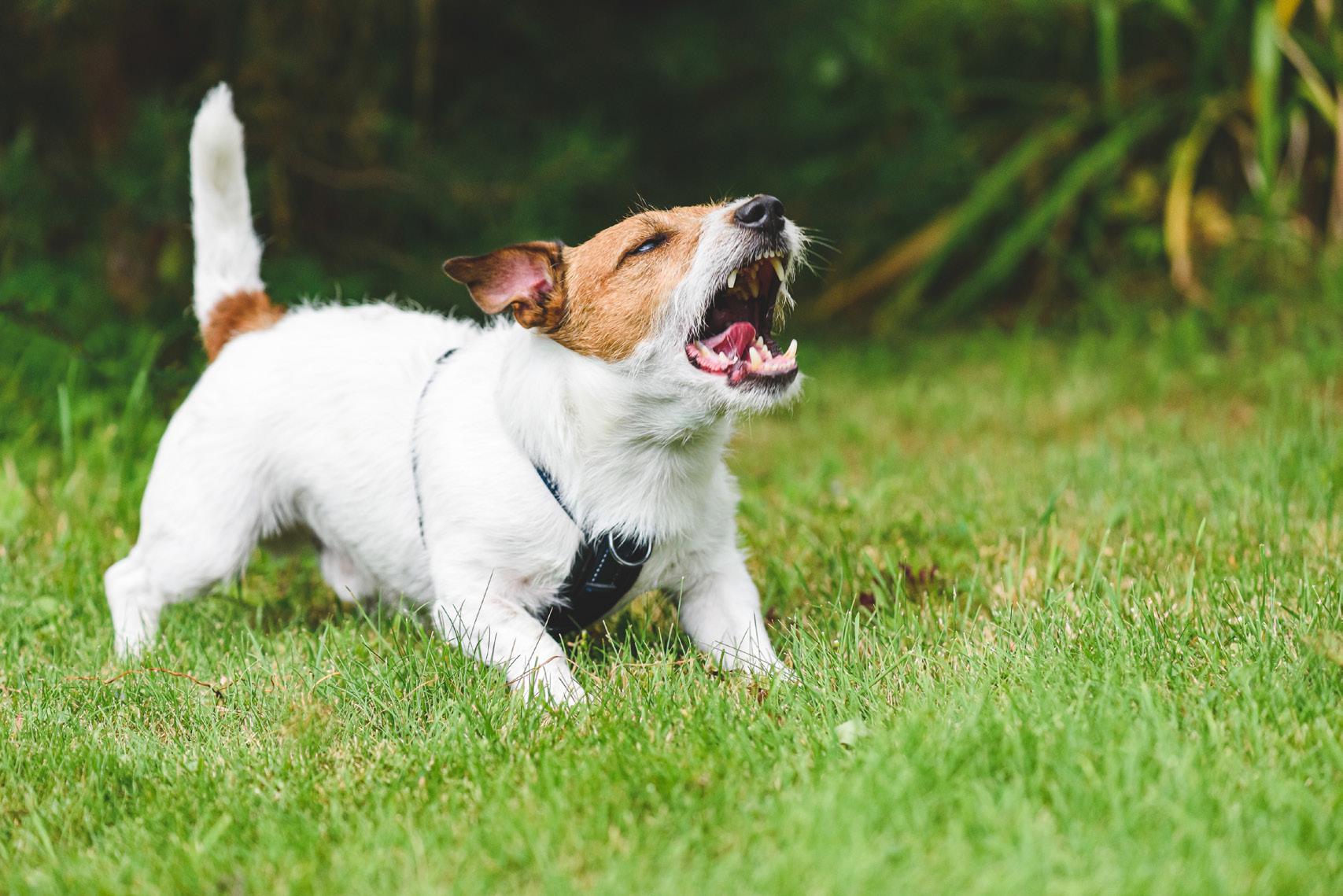
1. Fear aggression: Dogs may become aggressive when they feel threatened or scared. Unfamiliar people, animals, or situations often trigger this type of aggression.
2. Territorial aggression: Dogs are known for their territorial instincts. They might become aggressive when they feel someone or something unfamiliar is encroaching upon their territory.
3. Resource guarding: Some dogs may become aggressive when they are trying to protect their food, toys, or other possessions they consider valuable.
4. Dominance aggression: In some cases, dogs may display aggression as an attempt to assert dominance over other dogs or humans.
5. Pain-related aggression: Dogs in pain may exhibit aggressive behaviour as a way to protect themselves from further discomfort.
6. Frustration aggression: Frustrated dogs, such as those restrained on a lead or behind a fence, may redirect their aggression onto nearby people or animals.
DQ | 7A 28 DOG BEHAVIOUR
PREVENTION IS KEY
Preventing aggression in dogs is essential, especially when they are still puppies. Here are some preventive measures to consider:
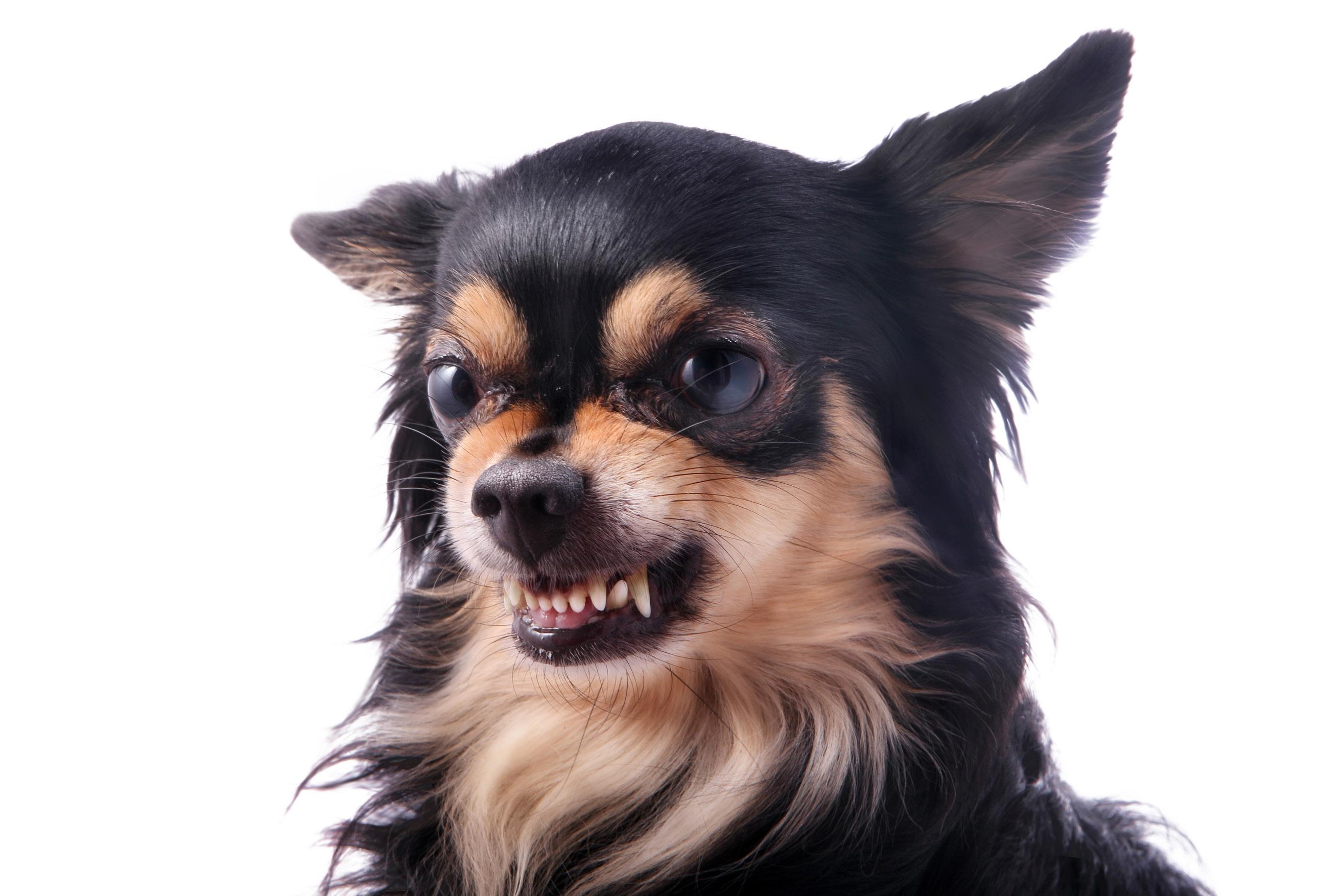
1. Socialisation: Expose your dog to various people, animals, and environments from an early age. Proper socialisation helps reduce fear-based aggression and creates a dog who is comfortable and confident in multiple situations.
2. Positive reinforcement training: Use positive reinforcement methods to train your dog, rewarding good behaviour with treats, praise, and affection. This helps your dog understand what constitutes a desirable behaviour and increases the frequency with which these behaviours are displayed, while simultaneously decreasing the likelihood of undesirable behaviours being performed.
3. Obedience training: Basic obedience commands like "sit," "stay," and "leave it" can help manage and prevent aggression. Once well established, these are great ways to redirect a dog in a situation where he may become aggressive.
4. Spaying/neutering: This can help reduce aggression related to hormonal influences, particularly in male dogs.
5. Supervision: Always supervise your dog around children, other animals, and new people to prevent potential conflicts.
DQ | 7A 29 DOG BEHAVIOUR
HANDLING AGGRESSIVE BEHAVIOUR
If your dog is already exhibiting aggressive behaviour, it's crucial to address the issue promptly. Here are the steps you can take:
1. Consult a professional: The first step should be consulting with a veterinarian or a professional dog trainer specialising in behaviour modification. They can help identify the cause of the aggression and develop a tailored plan to tackle it.
2. Avoid punishment: Punishing an aggressive dog, or any dog, can exacerbate the problem you think you are trying to 'fix'. Instead, focus on redirecting their behaviour and rewarding them for non-aggressive actions.

3. Behaviour modification: Behaviour modification techniques, such as desensitisation and counterconditioning, can help change your dog's response to triggering situations.
4. Create a safe environment: Manage your dog's environment to prevent situations that may trigger aggression. For instance, if your dog is food-aggressive, feed them in a separate area away from other pets.
5. Use positive reinforcement: Reward your dog for calm and non-aggressive behaviour. This encourages them to choose positive actions over aggression.
WHAT IS COUNTERCONDITIONING?
Counterconditioning is a behaviour modification technique often used in dog training and psychology to change a dog's response to a particular stimulus or trigger. This technique is especially effective in addressing fear, anxiety, or aggression-related behaviours in dogs. Counterconditioning involves pairing the feared or undesirable stimulus with a positive or neutral experience to change the dog's emotional response from negative to positive or at least less fearful. When done correctly and patiently, it can lead to significant improvements in a dog's behaviour and overall well-being.
DOG BEHAVIOUR DQ | 7A 30
WHAT IS DESENSITISATION?
Desensitisation, in the context of dog training and behaviour modification, is a process used to reduce or eliminate a dog's fearful or reactive response to specific stimuli, situations, or triggers. The goal of desensitisation is to gradually expose the dog to the trigger in a controlled and systematic manner so that the dog becomes less sensitive or reactive to it over time. Desensitisation is commonly used to address various behavioural issues in dogs, including fear-based aggression, phobias, and anxiety-related behaviours. It is important to note that desensitisation should always be done under the guidance of a professional dog trainer or behaviourist who can assess the dog's specific needs and design a tailored desensitisation plan. Rushing the process or exposing the dog to triggers too quickly can worsen the problem, so a gradual and patient approach is essential for success.
6. Consistency: Ensure everyone in your household is consistent in their handling and training of the dog. Mixed signals can confuse your pet, leading to frustration and ultimately aggression, or just reducing your dog's understanding of what constitutes a desired behaviour.
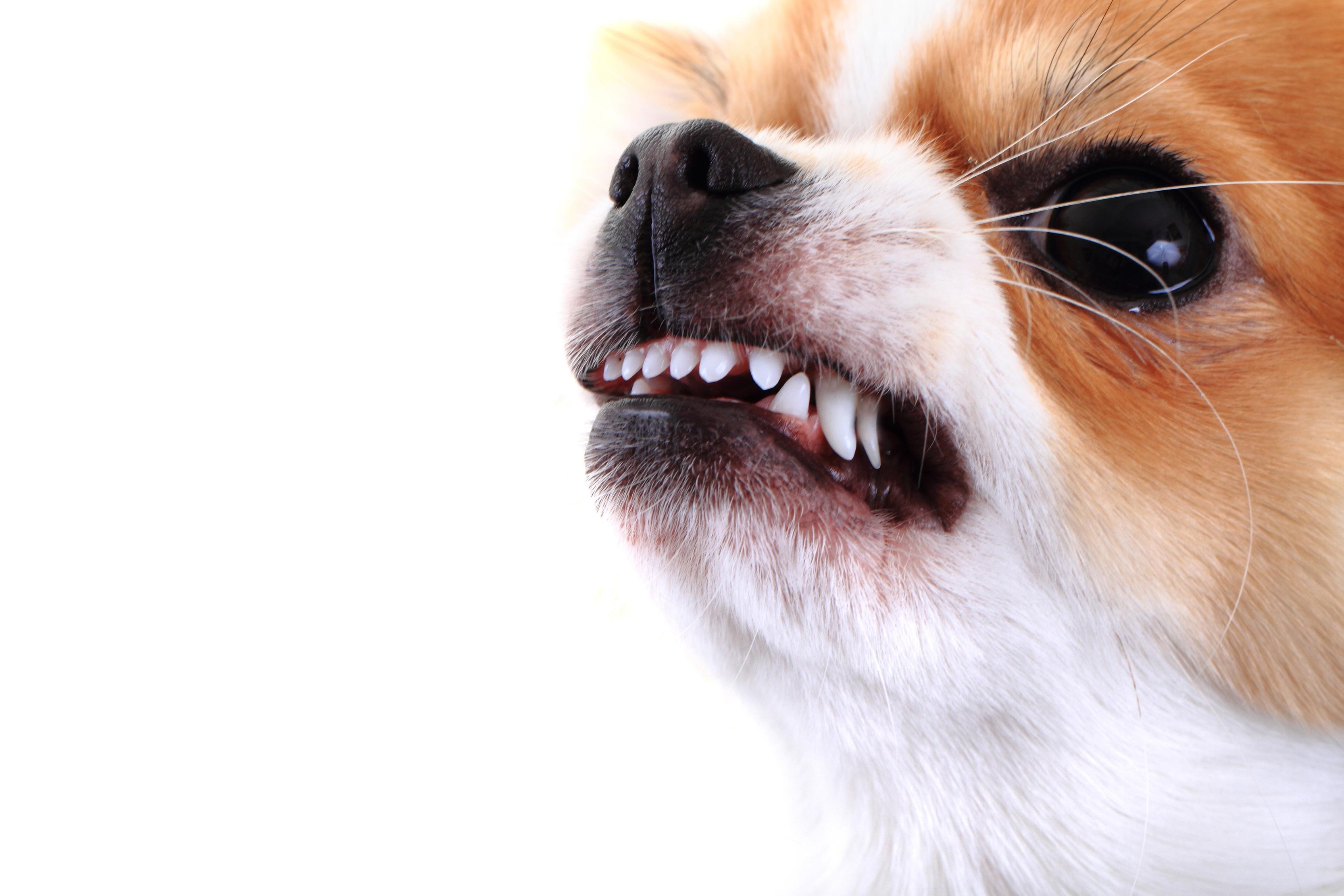
FINAL THOUGHTS
Handling aggression in dogs is a complex process that requires patience, understanding, and dedication. Preventing aggressive behaviour through early socialisation and positive reinforcement training is the most effective approach. However, if your dog is already displaying aggression, seeking professional help and implementing behaviour modification techniques can make a significant difference in managing and, in some cases, resolving the issue. Remember, with the right guidance and effort, most dogs can learn to exhibit more desirable behaviours and lead happier, safer lives.
DQ | 7A 31
The science of digestion
UNDERSTANDING DIGESTION IN DOGS
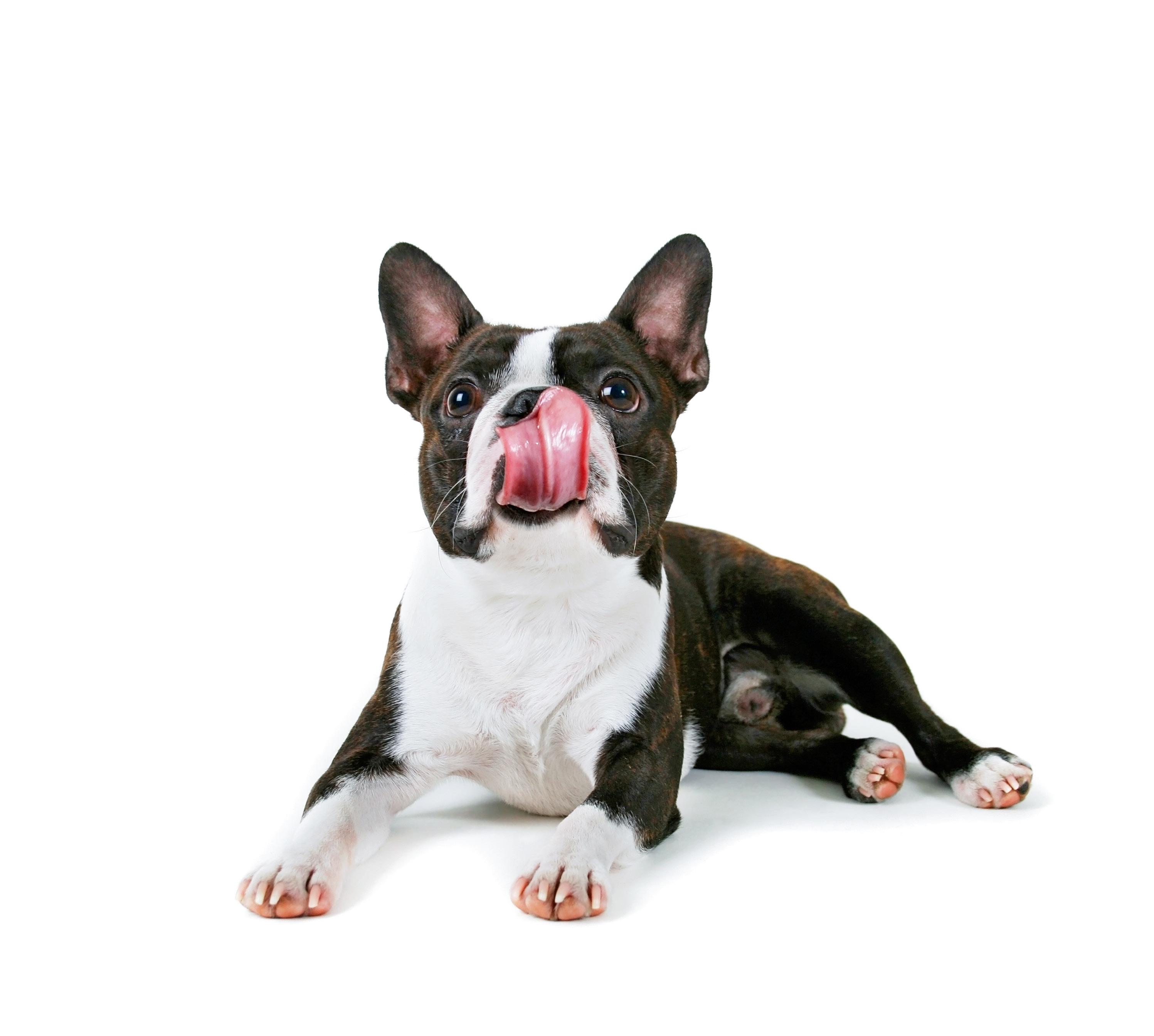
DQ | 7A 41 DOG HEALTH
The digestive tract is the cause of many health issues in our dogs. Here we get to grips with exactly what each part does, the signs that something is wrong, and the possible diseases that affect it. By understanding more, we can detect issues early and identify concerning symptoms.
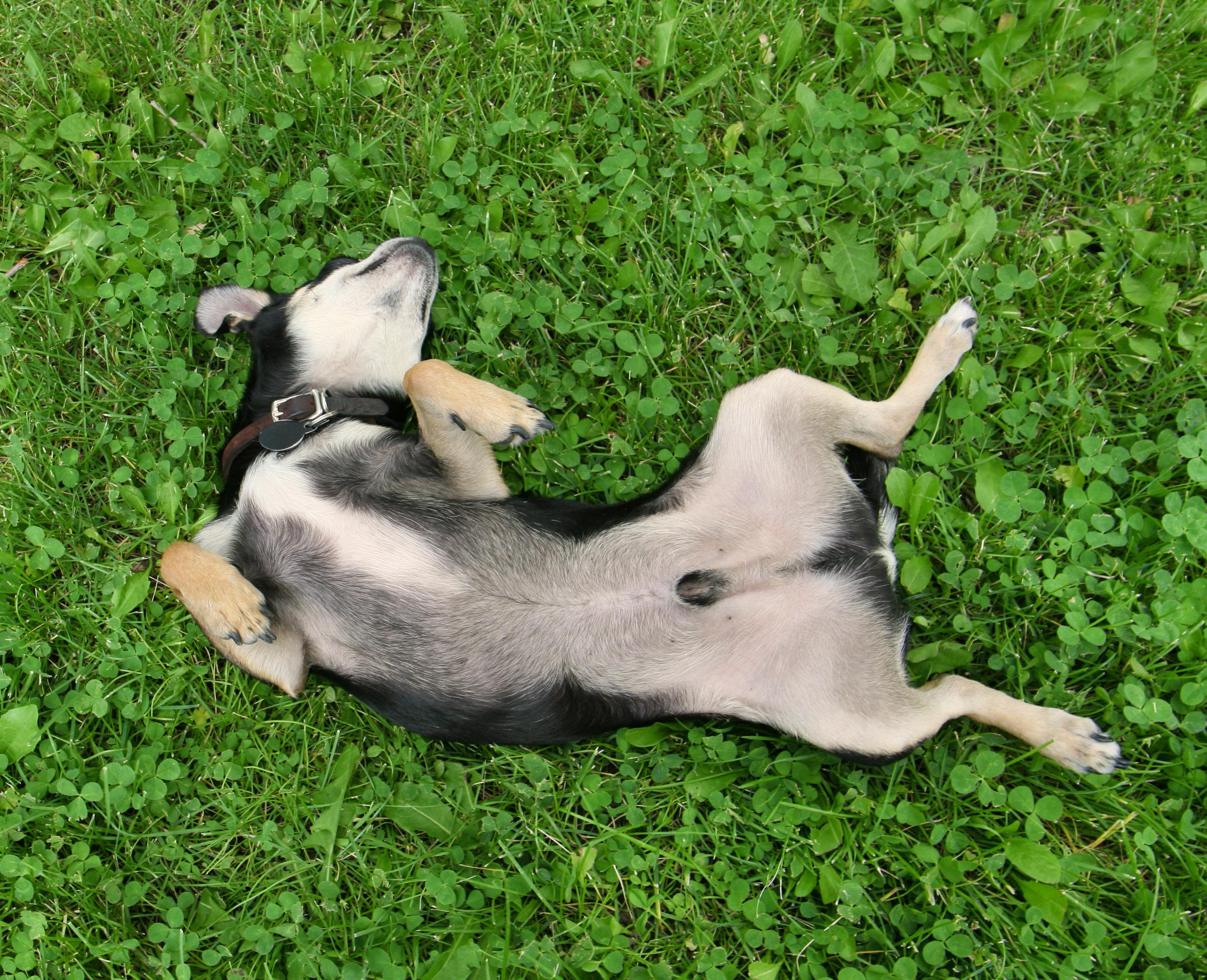

THE DIGESTIVE TRACT
Vets consider the digestive system to start at the mouth, with the teeth and tongue. After chewing, food moves through the pharynx (the part of the throat that 'swallows' food) and down the oesophagus into the stomach. The stomach is filled with acidic digestive juices and made up of muscle to allow good mixing of the digestive juices with the food.
Periodically, the stomach empties into the small intestine, where the food is mixed with new digestive juices and begins moving through the length of the gut. Food moves with the rhythmic squeezing of the muscles in the gut wall in a process called peristalsis. The small intestine is entirely devoted to digestion. Each part is perfectly designed to break down food, absorb the essential parts and deliver each molecule to exactly where it needs to be.
The small intestine eventually moves into the large intestine, which is considerably shorter in length. In the large intestine, water is absorbed, and what was once food forms faeces. The large intestine is also the home of the natural 'friendly bacteria' that occupy the gut. These bacteria help digestion and protect against 'bad'
DQ | 7A 42 DOG HEALTH
The final stop in the digestive tract is the rectum, which holds the stool before it is passed.

Several other organs in the abdomen are also key for digestion, although food does not pass through them directly. One of the most important is the pancreas. This small organ lies next to the small intestine, near the stomach. It produces enzymes that break up pretty much everything we eat, including fats and proteins. It also produces bicarbonate, which it flushes into the small intestine to neutralise the stomach acid.
Another key organ is the liver. The liver makes bile acids, which are essential for digesting fats and absorbing fat-soluble vitamins. The liver is also 'next in line' for the blood from the intestines. This means it has a huge role in collecting, storing and utilising the valuable food molecules from the blood. It also helps to filter the toxins to prevent them from continuing around the body in the bloodstream.
DQ | 7A 43 DOG HEALTH
THE CELLS INVOLVED
The lining of the digestive tract, from mouth to rectum, consists of broadly the same layers and cells, albeit in slightly different proportions.
The innermost layer – the mucosa – is the most important for the digestive process. It isn't smooth but instead covered in fingerlike projections called 'villi', which increase the wall's surface area for absorption of food molecules. It also contains glands which produce the digestive juices. The mucosa itself is made up of hundreds of cells arranged in a single layer. This is to make absorption easier as there is only one layer for the nutrients to cross to enter the bloodstream. The cells in this layer are joined tightly, however, so that whilst it is easy for food to pass,
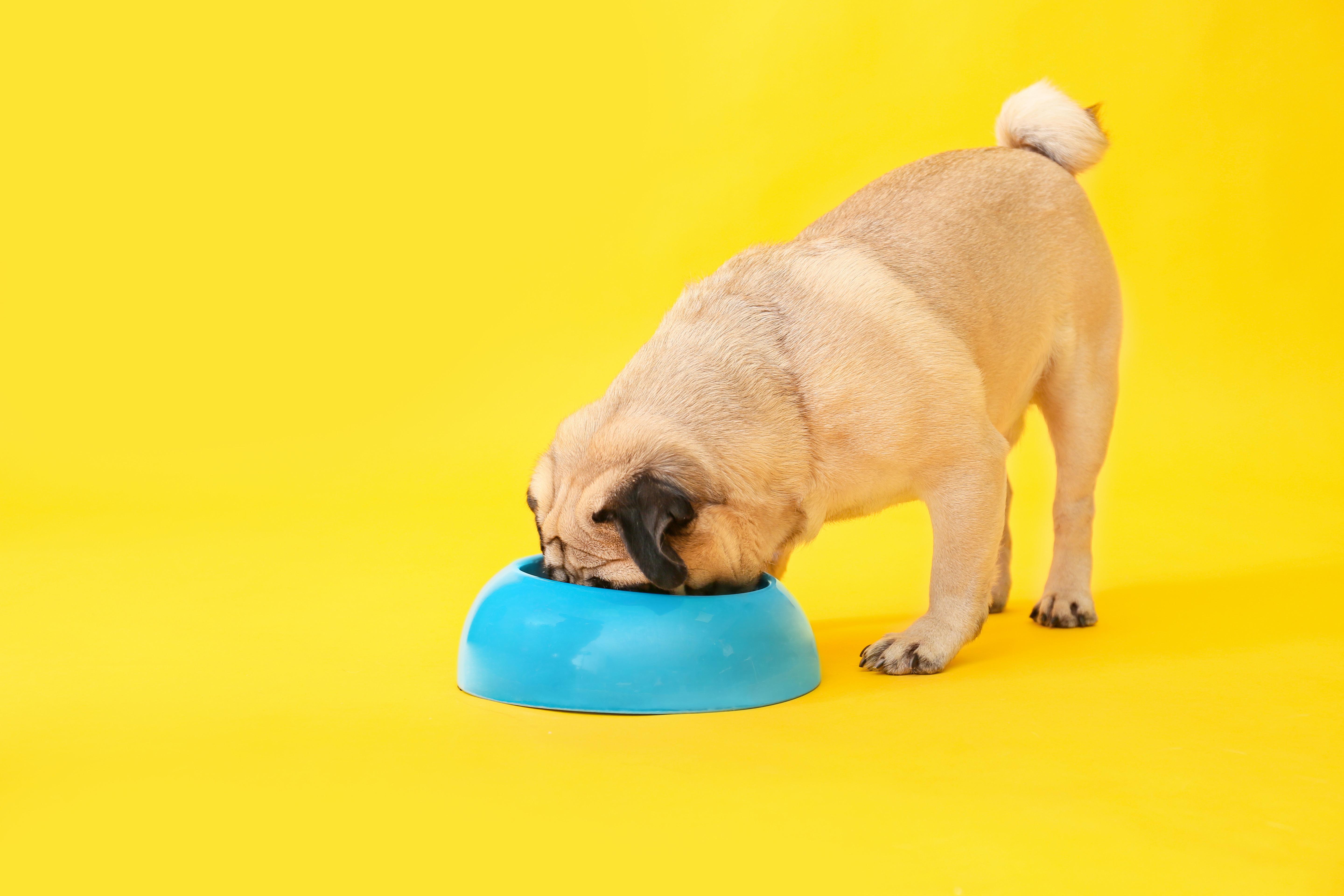
DQ | 7A 44 DOG HEALTH
bacteria are prevented from getting into the bloodstream. Good bacteria on the inside of the gut also help by blocking any holes that might exist so that bad bacteria remain trapped in the gut. The mucosa cells only live for a couple of days before they are shed and replaced with new ones. This also helps to reduce the risk of bacterial damage to the cells, affecting their permeability. Interestingly, the cells themselves are also not smooth and are covered in microvilli – microscopic fingerlike projections that again increase the surface area for food absorption.
Beneath the mucosa is the submucosa. This layer contains the blood vessels that carry nutrients away from the gut. It also contains nerve cells to send messages about hunger and pain. Beneath this is the muscularis externa, an external muscle layer. This is the layer that contracts to mix the food with digestive juices and keep it moving through the gut in the process called peristalsis.
WHAT CAN GO WRONG IN THE DIGESTIVE SYSTEM?

Despite the system being so complicated, there are only a few ways that the body can show something isn't right with the digestive system.
VOMITING
Special cells in the brain form the 'vomiting centre', which coordinates and controls vomiting. Nerves from the brain and other areas like the stomach end in this region. These nerves are triggered when the stomach is over-full or irritated or when the body experiences travel sickness. Signals are also received from the chemoreceptor trigger zone, which detects hormones and bloodborne toxins.
DQ | 7A 45 DOG HEALTH
Once the vomiting centre has decided to cause vomiting, it sends signals to the muscles of the ribs and the diaphragm, causing a huge intake of breath to fill the chest and push the diaphragm down and to the abdominal muscles, which contract. The subsequent increase in pressure in the abdomen squishes the stomach contents high enough that the food reaches the mouth. The feeling of food at the back of the throat causes a further push from the vomiting centre, expelling the stomach contents out of the mouth.
DIARRHOEA
Diarrhoea occurs when the body secretes too much fluid or fails to absorb as much fluid as it should. The fluid moves through the digestive tract and causes expansion of the intestine, which in turn causes faster movement of the gut contents. Faster movement means that there is even less chance for the body to absorb the water, and so begins the vicious cycle. Diarrhoea can be caused by bacteria or viruses that damage the intestines and stop the absorption of water, by allergic reactions, or even by the body in order to remove toxins as quickly as possible. More chronic diarrhoea can be caused when the wrong type of bacteria live in the gut, perhaps because antibiotics wiped out the good bacteria or sometimes because the good bacteria never establish themselves properly.
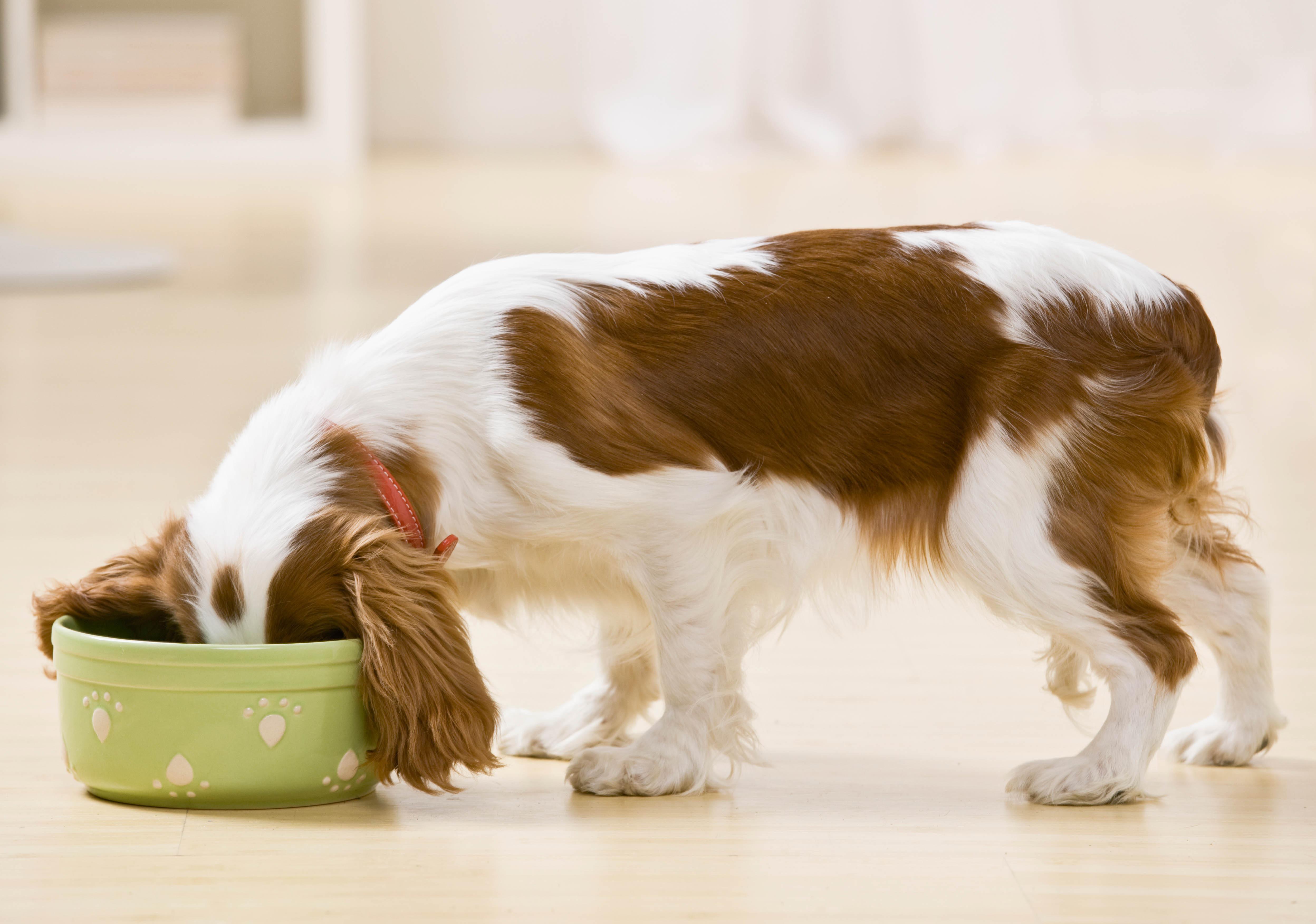
DQ | 7A 46 DOG HEALTH

DQ | 7A 47 DOG HEALTH
Diarrhoea caused by anxiety is also a possibility in dogs. This occurs when the nerves in the gut react to stress hormones, which increase the rate of peristalsis.
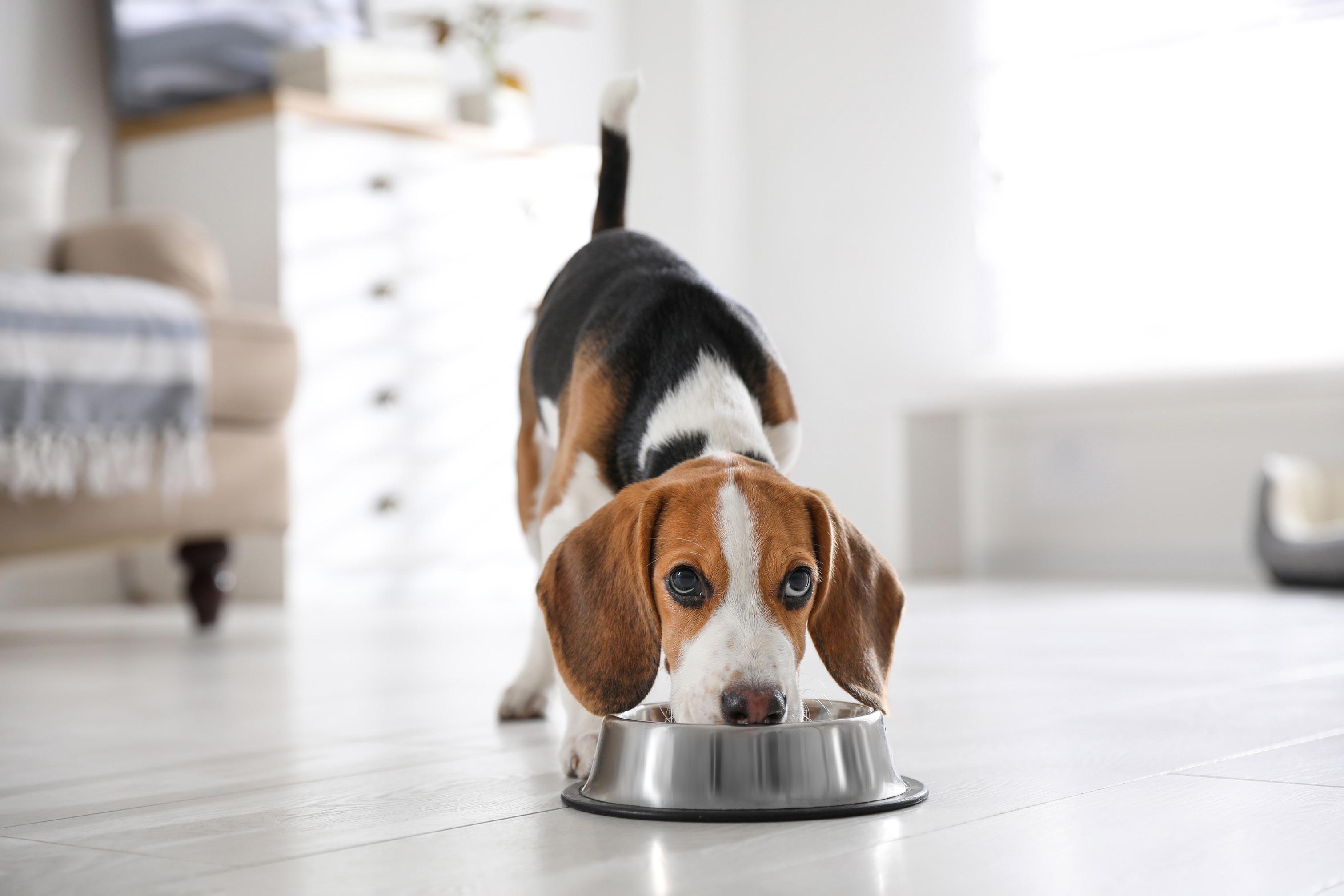
MALABSORPTION
Malabsorption occurs when, for whatever reason, the body cannot absorb the nutrients from the food. This could be because the digestive system is not working properly (perhaps because there are not enough digestive juices being formed) or because the
absorption is compromised, for example, by a virus that destroys the microvilli. The body struggles without the necessary nutrients and will lose weight and condition. Malabsorption often accompanies diarrhoea because the nutrients that were not properly absorbed cause liquid to be drawn into the intestines.
DQ | 7A 48 DOG HEALTH
WHICH DISEASES AFFECT THE DIGESTIVE SYSTEM?
DIETARY INDISCRETION AND ALLERGIES
Dietary indiscretion, or eating the wrong things, is common in dogs. Unfortunately, so are allergies. Either way, symptoms are usually loose stools and sometimes vomiting. Dogs, in these instances, are rarely very ill and usually improve within a couple of days. It’s possible, though, for these dogs to become more ill if the food they’ve eaten is mouldy or filled with bacteria, in which case they may get bloody diarrhoea. Hospitalisation may be necessary.

BLOCKAGES
Objects that have been removed from dog intestines are too numerous to list here but include everything from children’s toys to chunks of bone to soft toy stuffing to clothing. Dogs with a blockage will vomit and cannot keep food or water down for long. They’ll sometimes have diarrhoea, but more often than not, will have no faeces at all after a time. As these dogs can look very much like dietary indiscretion dogs, an X-ray is generally the best way to diagnose them. Even if that object can’t be seen on X-ray, the vet often sees gas build-up behind the blockage. Surgical removal is the only option, and the surgery can have complications, so it’s best to do what you can to avoid a blockage.
DQ | 7A 49 DOG HEALTH
INTUSSUSCEPTION
Intussusception is predominantly an issue in puppies and young dogs. It occurs when part of the gut telescopes inside another piece of the gut. It’s hugely painful and causes vomiting and other signs similar to a blockage. Surgery is needed to correct it, and, often, part of the gut has to be removed as it is too damaged to survive.
PARVOVIRUS (AND OTHER VIRAL DISEASES)
Dogs can pick up many viral diseases that cause vomiting and diarrhoea. The vast majority pass within a day or two, but parvovirus is extremely serious. The virus replicates in the cells of the small intestine, causing severe haemorrhagic diarrhoea and vomiting. It is highly contagious and often fatal. If the dog survives,
it is likely they will have digestive issues for a long time, as the virus destroys the lining of the small intestine, making it less efficient at absorbing nutrients.

PANCREATITIS
Pancreatitis is inflammation of the pancreas. It is intensely painful and can be fatal. Dogs with pancreatitis will refuse to eat and will often vomit. They may or may not have normal faeces, but they have a tender abdomen on examination. This cycle often goes on for several days, so these dogs normally need hospitalisation for fluid, pain relief and sometimes syringe or tube feeding. Luckily, blood tests have been developed that quickly diagnose pancreatitis, so treatment can start promptly.
DQ | 7A 50 DOG HEALTH
Pancreatitis can become recurrent in some dogs, and they may need to go onto a low-fat food for life to avoid flare-ups.
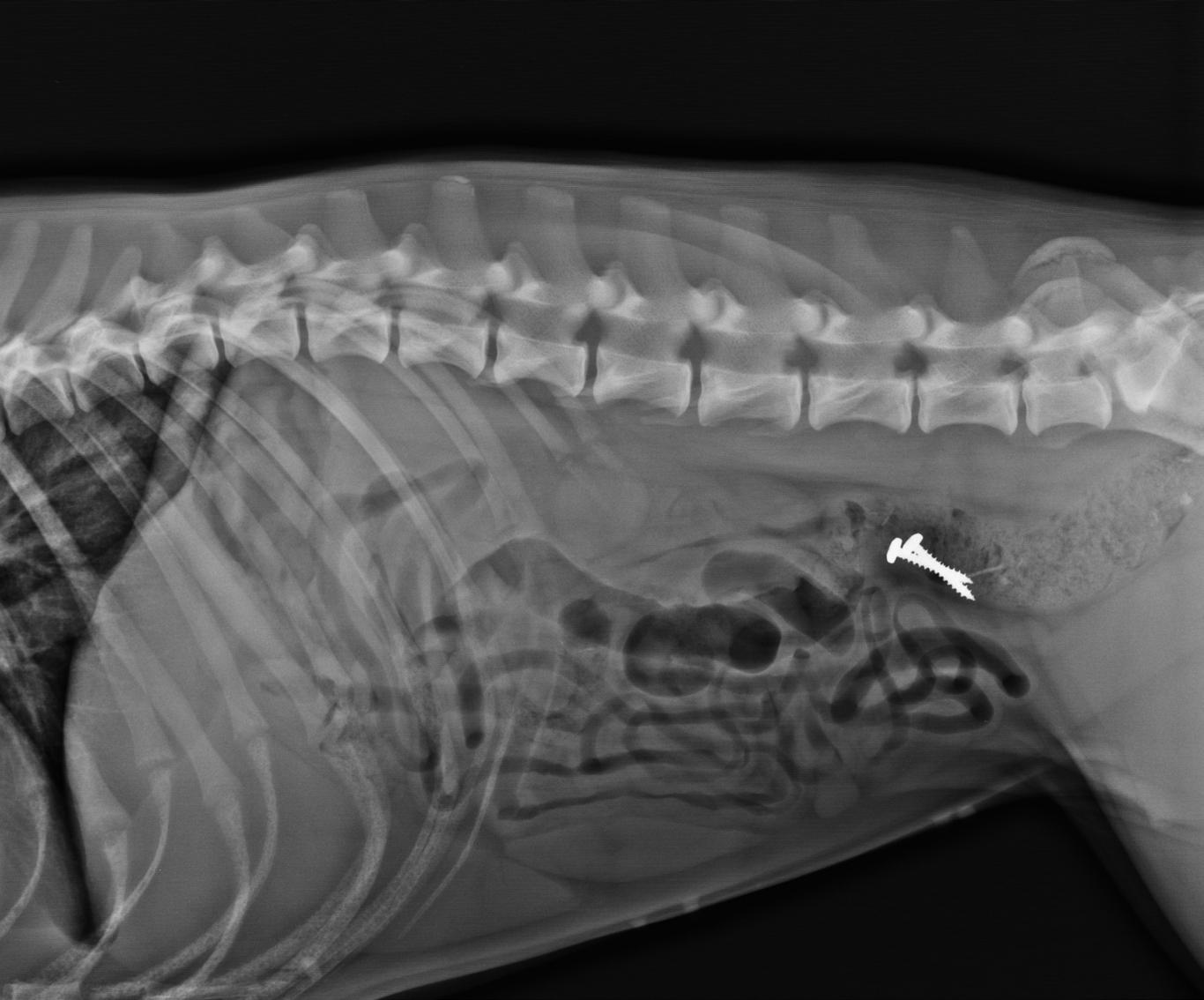
LIVER DISEASE
Liver disease can be acute, such as infectious hepatitis, or chronic, such as storage diseases of the Border Terrier. Either way, liver diseases can cause vomiting as the liver fails to do its job and toxins enter the bloodstream. Thankfully, the liver can regenerate, given time, so treatment is usually supportive until the liver has the chance to do so. Blood tests and ultrasounds are important for diagnosing liver disease.
CANCERS
Cancers in the intestine can be diffuse (meaning spread throughout) or localised as a mass. Masses can block the intestines and cause symptoms similar to a foreign body or go unnoticed until they eventually get in the way. Sometimes, they can be removed, depending on their location. Diffuse cancers, like lymphoma, are impossible to remove, and chemotherapy is the only treatment option.
TAKE HOME MESSAGE
The digestive system is complex and needs to be treated with care. If you have any concerns about the digestive health of your canine companion, contact your vet today.
DQ | 7A 51 DOG HEALTH
R&R
HELPING YOUR DOG COPE WITH CRATE REST AFTER SURGERY
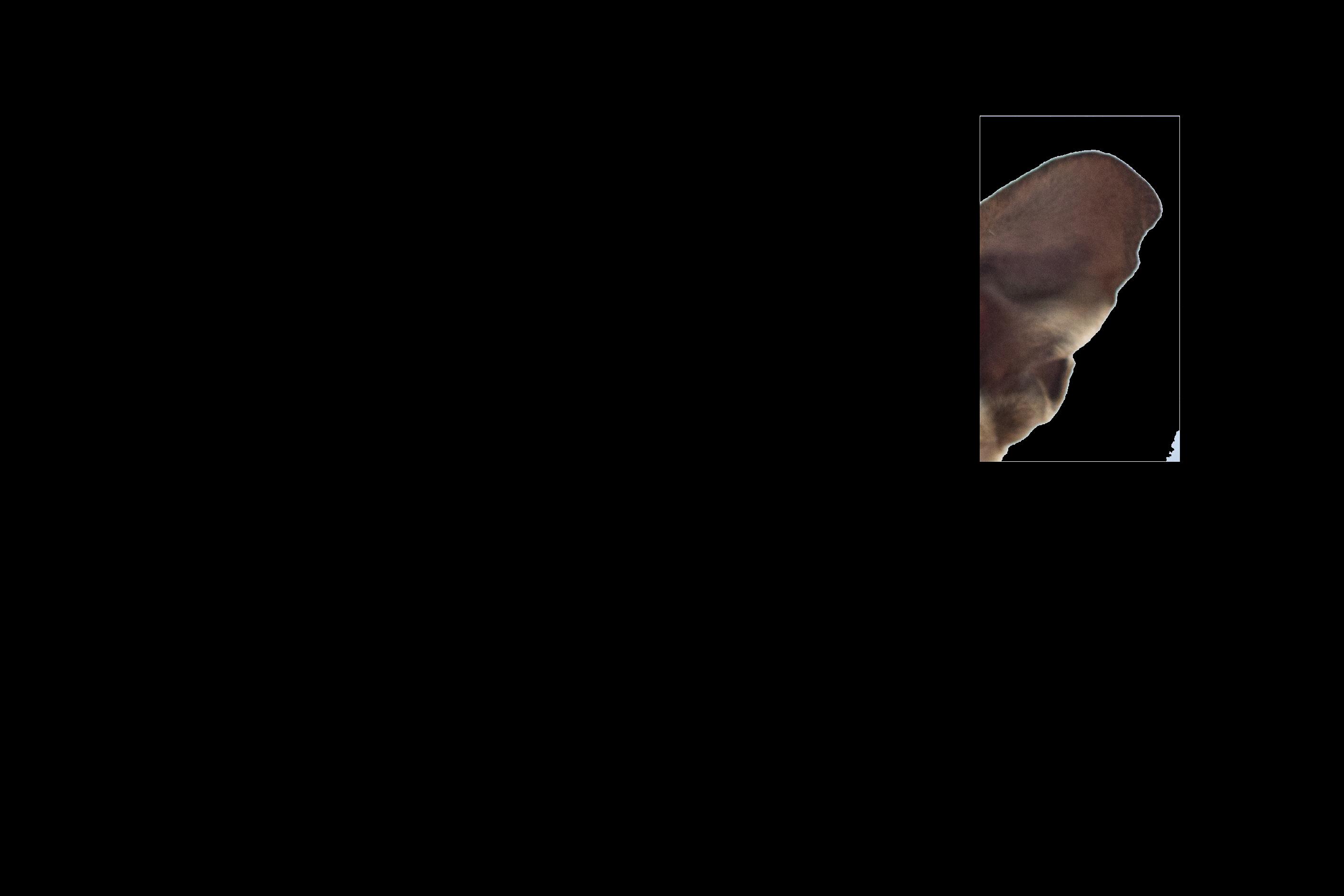
If your canine companion undergoes surgery, post-operative care will play a vital role in their recovery. In many cases, vets recommend crate rest to ensure your dog heals properly and doesn't over-exert himself. While crate rest
can be challenging for you and your pet, it is a necessary step in their recovery process. Here, we provide you with our top tips on how to help your dog cope with crate rest after surgery, ensuring a smooth and comfortable recovery.
DQ | 7A 52 DOG HEALTH
1. Choose the right crate
Selecting the appropriate crate is the first step in ensuring your dog's comfort during recovery. The crate should be spacious enough for your dog to stand, turn around, and lie down comfortably. It's also essential that the crate is well-ventilated, gives your dog a full view of his surroundings and is easy to clean.
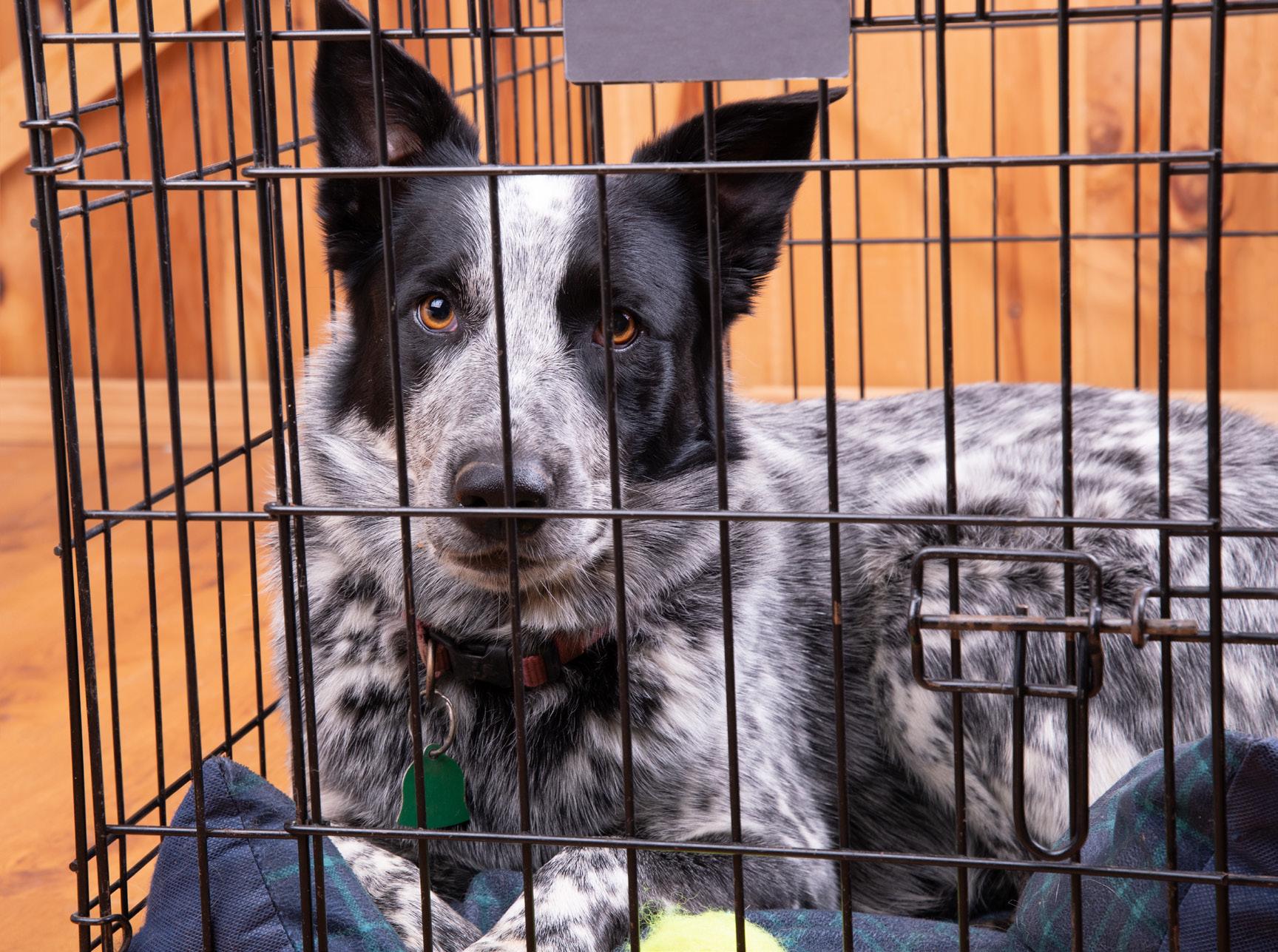
2. Comfort inside the crate
Place comfortable bedding inside the crate, such as a soft blanket or cushion. This will help alleviate discomfort and make your dog feel more at ease.
3. Gradual introduction
Introduce your dog to the crate gradually, ideally before the surgery, if possible. Make it a positive experience by placing treats and toys inside, allowing your dog to explore it as they wish. Never put your dog in the crate as a punishment.

DQ | 7A 53 DOG HEALTH
4. Keep the crate in a sociable location
Place the crate in a quiet and comfortable area of your home where your dog can still feel like part of the family. Dogs are social animals and may experience anxiety if isolated from their family during recovery. Having said this, you don't want to place the crate in a hugely busy area where your dog will struggle to get the rest he needs to recover. Take some time to find the right spot!
5. Maintain a consistent routine
Dogs thrive on routine, and maintaining a consistent daily schedule can help reduce anxiety during crate rest. Stick to regular feeding, toilet breaks, and playtime routines as much as possible.

6. Mental stimulation
Crate rest doesn't have to be boring. Provide your dog with puzzles, interactive games, or treat-dispensing toys to keep their mind engaged and prevent boredom.
7. Frequent short walks
Depending on your vet's recommendations, allow your dog short, leash-guided walks to ensure they don't become overly restless while confined. These walks should be controlled and not too strenuous, as overactivity can jeopardise their recovery.
DQ | 7A 54 DOG HEALTH
8. Pain management
Ensure that your dog's pain is adequately managed as prescribed by your vet. Pain can exacerbate anxiety and stress, making crate rest more challenging for your pet.
9. Stay calm and reassuring
Your dog may exhibit signs of restlessness, frustration, or anxiety during crate rest. It's essential that you remain calm and reassuring, even if he is agitated. Talk to your dog in soothing tones and spend quality time with them when they are both in and outside the crate.

10. Regular vet check-ups
Ensure you follow your veterinarian's advice and schedule regular check-ups to monitor your dog's progress. They can guide you on when it's safe to increase activity levels or make any necessary adjustments to the recovery plan.
TAKE HOME MESSAGE
Crate rest after surgery can be challenging, but it's crucial to your dog's recovery process. By selecting the right crate, maintaining a consistent routine, providing mental stimulation, and offering comfort and reassurance, you can help your dog cope with this period of confinement more effectively. Remember that patience and understanding are key, and always consult with your vet if you have any concerns or questions about your dog's recovery. With your love and support, your canine companion will return to their happy, active self in no time at all!
DQ | 7A 55 DOG HEALTH
COMMON NEUROLOGICAL AND ORTHOPAEDIC CONDITIONS - CAN REHABILITATION HELP?






WOBBLERS SYNDROME AND REHABILITATION

In the fourth part of our series, we’ll be exploring another lesserknown neurological condition, Cervical Spondylomyelopaty, or Wobblers Syndrome.





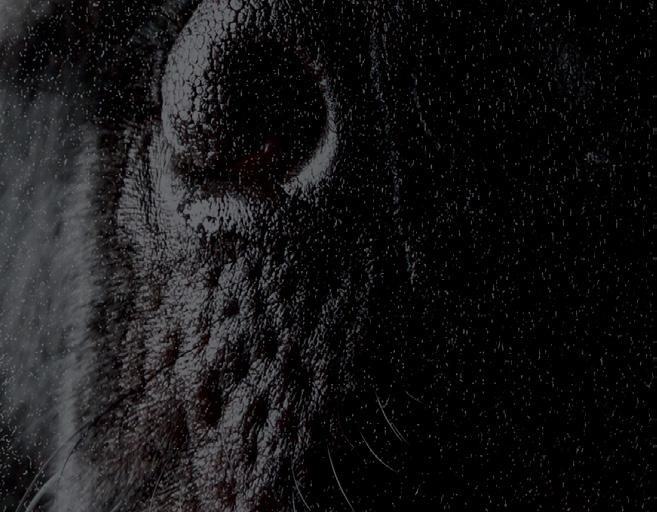


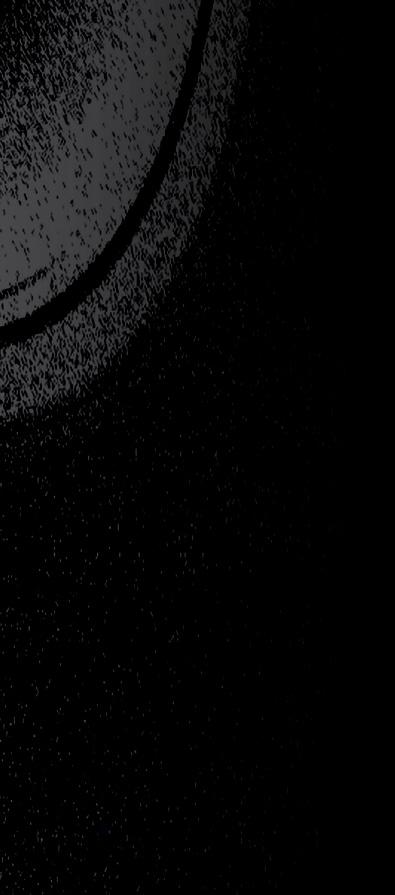


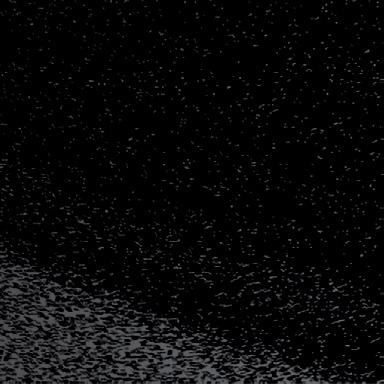





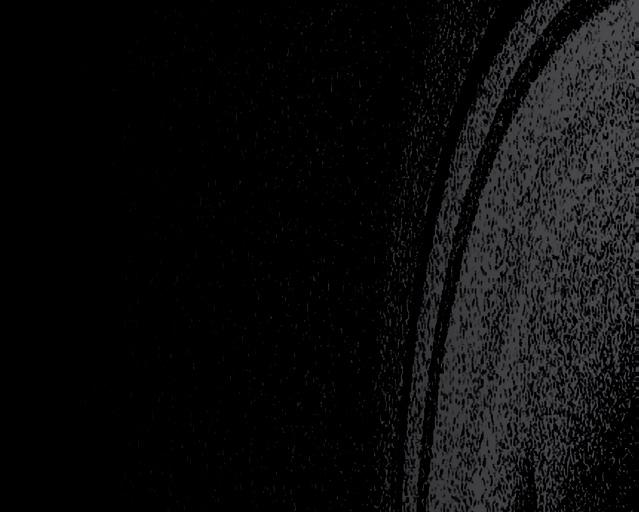

 Text | THE AHAH TEAM
Text | THE AHAH TEAM
DQ | 7A 56
Wobblers Syndrome is a neurological condition which affects Dobermans, Great Danes, Mastiffs, Rottweilers, Bernese, and Swiss Mountain Dogs, to name a few. Most breeds can develop symptoms between one to four years of age, but Dobermans generally develop symptoms in their middle years, around seven to nine years of age. Wobbler’s Syndrome in large and giant breed dogs is easy for the pet parents to remember because it is very descriptive. Companions diagnosed with this condition ‘wobble’ when they walk - most often in the back legs.

The problem is most often located in the vertebrae of the neck, and the bones themselves are found to be malformed. Depending on the degree of bony abnormality an instability is created between the two vertebrae. More than two vertebrae can also be affected. The instability results in further changes to the facet joints and the supporting ligaments. These alterations can cause compression of the spinal cord and there may be nerve root involvement. In older dogs the persistent instability can, and does, contribute to disc degeneration. A disc that has degenerated is unable to adequately absorb shock and becomes susceptible to herniation. The end result is an impedance of nerve impulses from brain to limbs, and vice versa. This disruption of messages causes the characteristic “wobble”, or ataxic gait, seen in affected individuals. The condition is also painful. The symptoms can be sudden in onset or slowly progress.
The choice of treatment is often surgical, aimed at relieving the pressure placed on the spine and if possible, stabilisation of the vertebrae. Over the last 12 years AHAH has been involved with the rehabilitation and management of dogs with this diagnosis that have been treated both surgically and conservatively. This has enabled us to formulate some sort of idea of expectations regarding recovery and the possibility of the dog living a relatively normal life. The dogs can be divided into two groups based on the symptomatology; those that are unable to walk or balance with or without severe pain, and those dogs that present with milder symptoms of ataxia and controllable pain.
DQ | 7A 57
SEVERELY AFFECTED DOGS
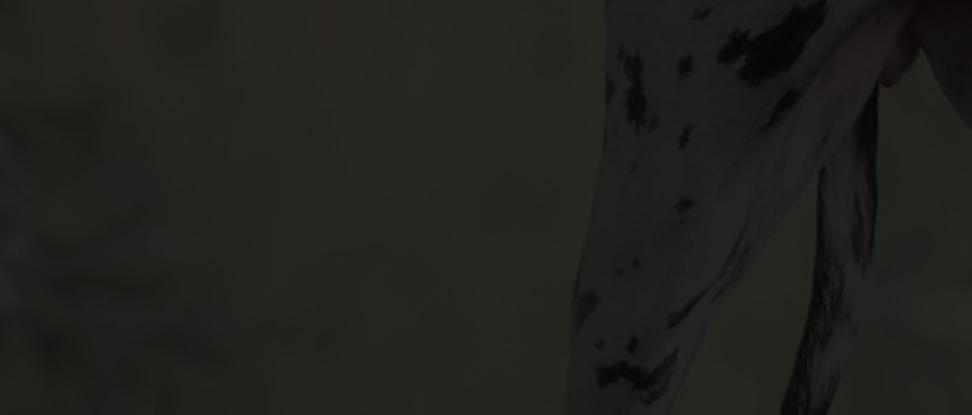

Many of these dogs struggle to move, rise from a sitting or lying position, and exhibit pain which does not respond well to medications. They frequently fall over which can worsen the pain because they are unable to brace themselves when they lose their balance. These dogs require surgery. After surgery the dogs may be quadriplegic. As we are working with dogs that weigh between 40 and 65 kilograms this can present a huge logistical problem when the dog is discharged from hospital. Physical rehabilitation practitioners are able to assist with returning the dog to some form of mobility as quickly as possible. We also advise on the practical aspects of home management of a large, disabled dog. In most instances the dog’s are able to move themselves around after 6 weeks. Further rehabilitation is required beyond that to return the dog to full functions of daily living. Once the dog has returned to functional mobility, there may still be remaining neurological deficits. Our experience is that if not regularly attending therapy (every week or every fortnight) then weakness can develop again fairly rapidly. Those patients that have stayed with our facility have enjoyed full, active lives following their surgery.
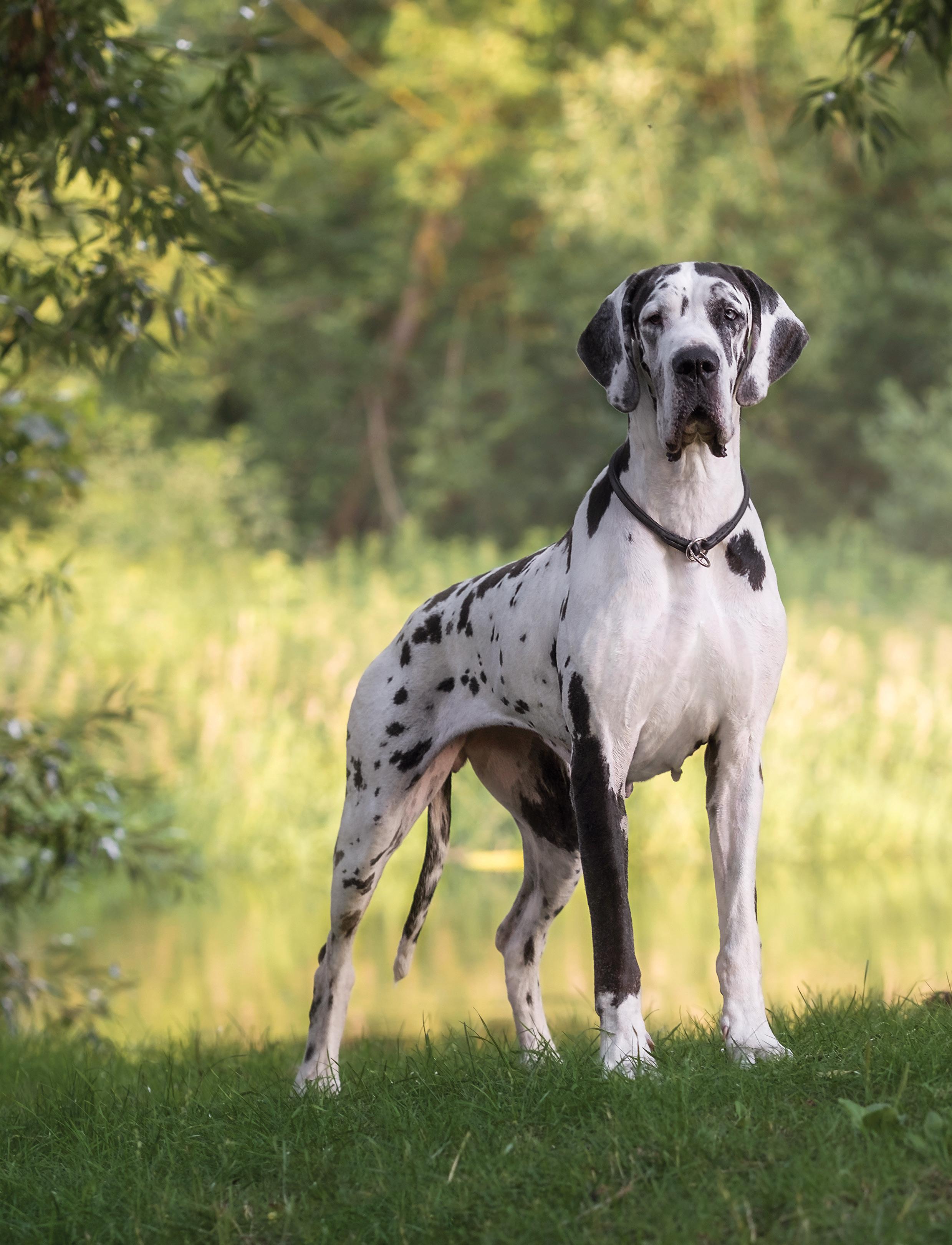
DQ | 7A 58
MILDLY AFFECTED DOGS
Dogs that show mild balance and gait problems, with mild pain that responds to anti-inflammatory medication can enjoy a normal life but certain lifestyle changes should be made. Firstly, your dog should be taught to enjoy time in his crate, or a smaller area that limits his movement. This is because it is very likely that there will be episodes where symptoms flare up, necessitating confinement and medication to alleviate the symptoms. Secondly, when exercising the dog, you should do so in a harness rather than a collar. This is to avoid exerting too much pressure on the neck, as this can intensify issues. Thirdly, you should arrange regular therapy sessions, especially initially to teach the dog awareness of his limbs, to strengthen the legs and also to activate the core muscles. Core stability is an essential component in limiting excess movement and dependency on the legs. Many of our patients remain in therapy for the duration of their lives because of the benefits of therapy. If, however, this is not possible then a home programme can be devised that attends to all of the factors mentioned above. It is, however, recommended that an initial therapy programme is undertaken at the rehabilitation facility.

DQ | 7A 59
In conclusion, the expectation is that once your companion has been diagnosed with Wobbler’s Syndrome then the commitment to health and wellness is lifelong. This will require lifestyle changes and resources (specifically time and money). Dedication on the part of the pet parent results in an active life for their companion, coupled with the enjoyment of your company for many years to come.
ANIMAL HEALTH AND HYDRO RYNFIELD

154 President Brand Str, Rynfield, Benoni
Contact: 083 230 2188
Email: animalhealths@gmail.com

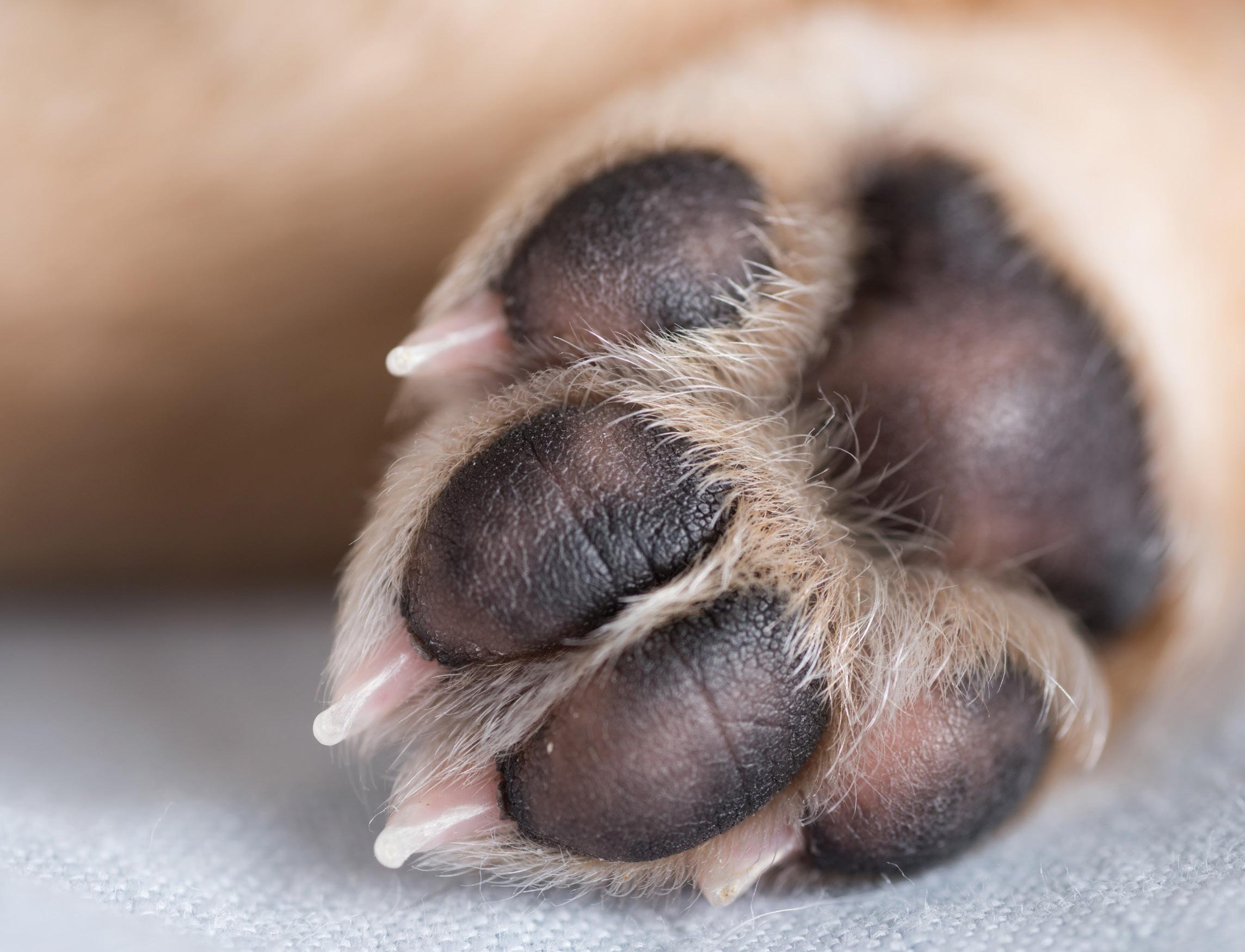
ANIMAL HEALTH AND HYDRO PRETORIA EAST
218 Mark St, Grootfontein County Estates, Pretoria East, Grootfontein Country Estates
Contact: 074 251 4410
Email: ahahpretoria@gmail.com
DQ | 7A 60
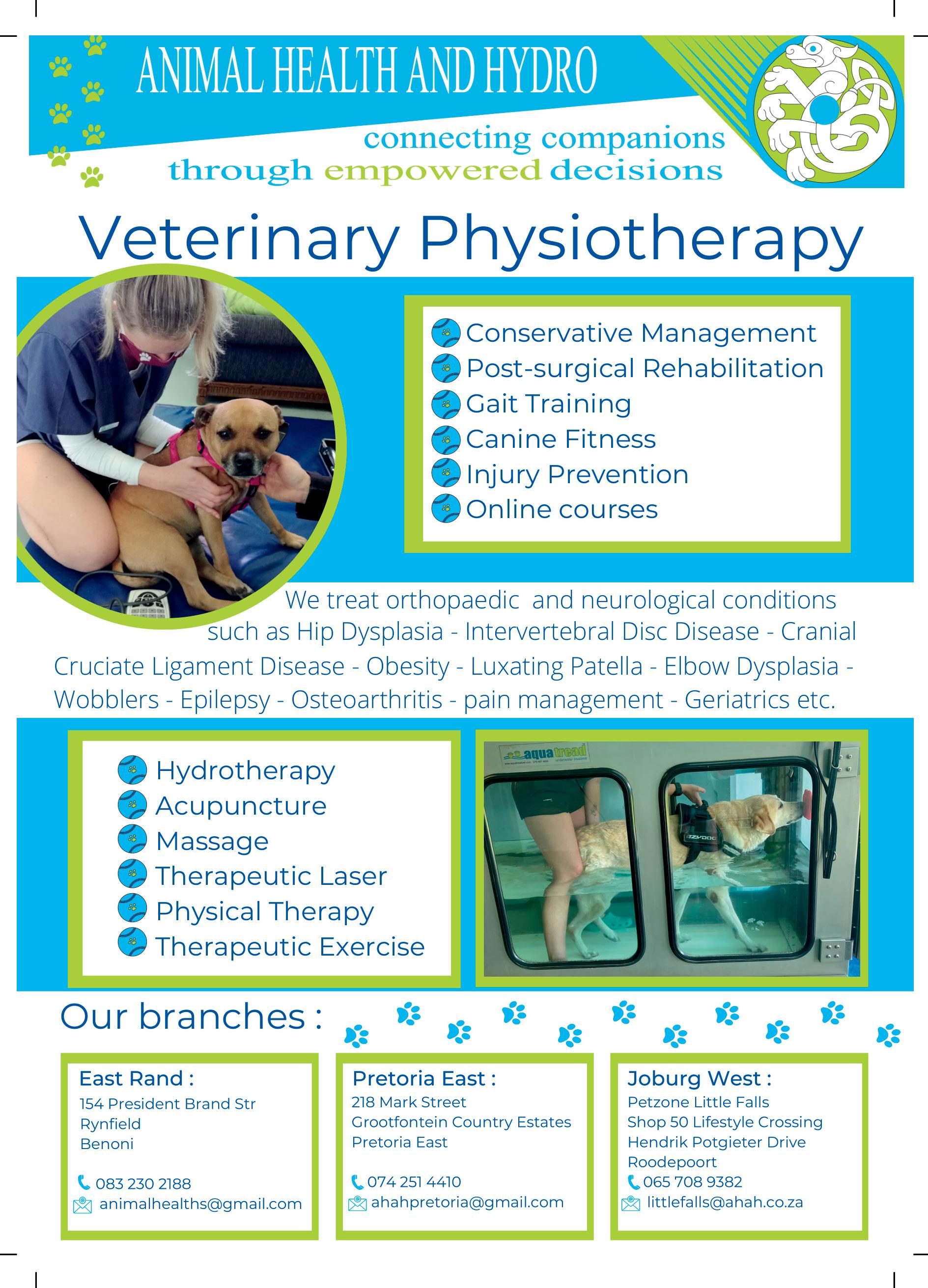
JOIN THE ULTIMATE SLUMBER PARTY AND FIND OUT WHY SHELTER PETS CUDDLE BETTER
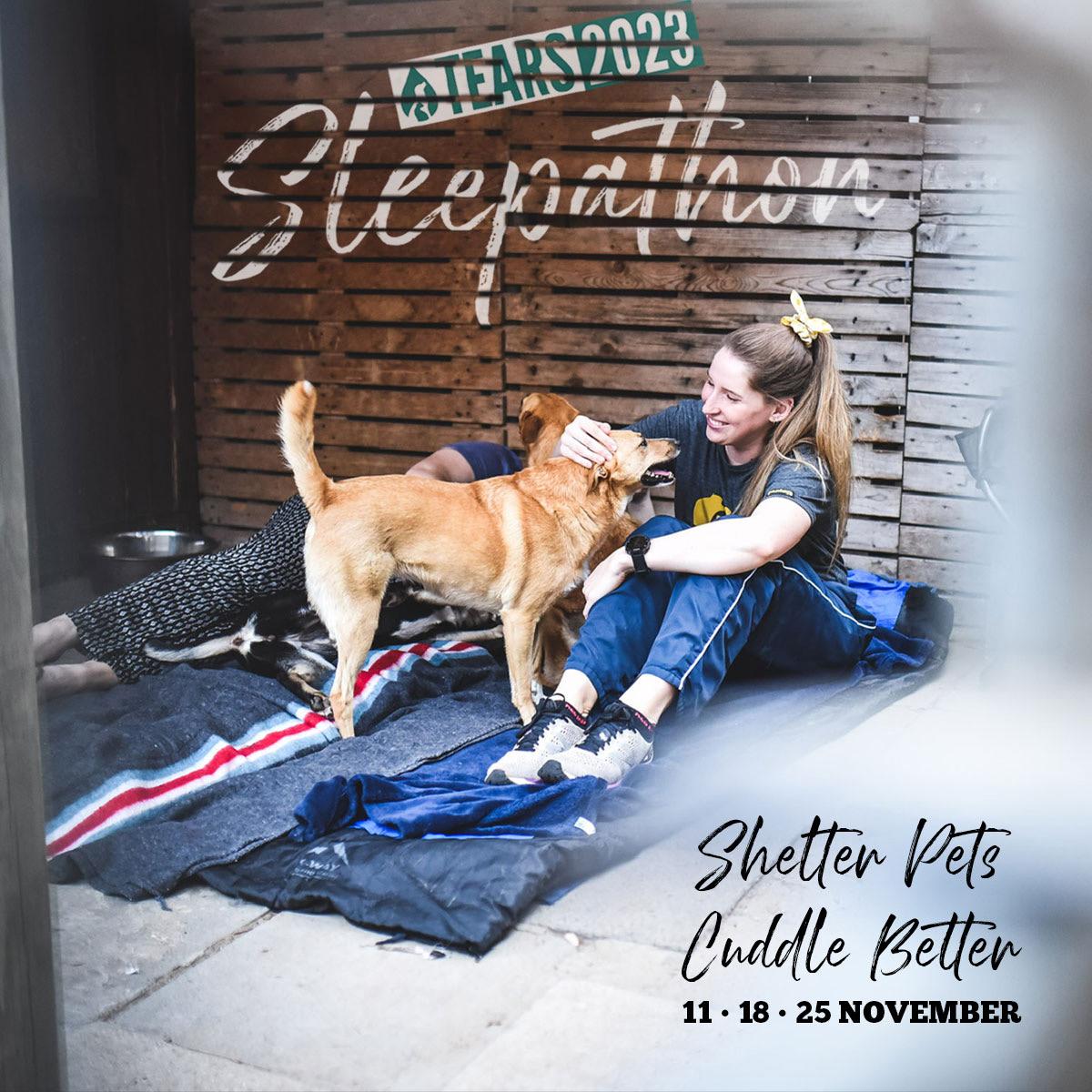
TEARS
Animal Rescue has announced the opening of ticket sales for the TEARS 2023 Sleepathon, which takes place on three consecutive Saturdays during November.
The annual TEARS Sleepathon is currently in its 10th year and is hosted at the TEARS Kennels and Cattery in Sunnydale. As the organisation’s flagship fundraiser, it’s become a highlight on TEARS’ event calendar as it invites animal lovers of all ages to dedicate one night to cuddling a rescue pet while raising much-needed awareness and funds for the charity.
DQ | 7A 62
WELFARE DQ | 6C

6C


DQ | 7A 64 WELFARE
This year’s three Sleepathon events will be hosted on the 11th, 18th, and 25th of November. Tickets cost R250 per person, and every registered “Snoozer” will be provided with a Welcome Pack that enables them to kick-start their own Back-A-Snoozer funding campaign with some great incentives for those that raise R3000 or more for completing their Sleepathon challenge.
Annual income from the TEARS Sleepathon is critical to funding the organisation’s mobile clinic and veterinary outreach services supporting vulnerable pets and pet owners living in underserved communities over the busy December and January holidays.
TEARS Kennel Manager, Luke Kruyt says, “While the TEARS Sleepathon has become an iconic brand building and fundraising lifeline
for the organisation it’s also a life-changing experience for our rescue pets as some have been fortunate enough to be adopted as a direct result of the Sleepathon.”
Last year the Sleepathon was supported by 206 “Sleepathoners,” whose combined efforts raised over R380 000.00 for TEARS. Tickets can be bought via the TEARS Online Shop, with 100 tickets available per event evening. Individuals, friends, and corporate teams are encouraged to sign up as soon as possible to create momentum and increase the overall pledges pool from last year.

DQ | 7A 65
Says Luke, “We’re grateful for the loyalty of our regular supporters, but would like to challenge Capetonians who haven’t ever considered a sleepover in support of rescue pets to sign up for this unique experience that is especially fun for families. The event provides a friendly, loving, and heartwarming environment, with pawsome partners, prizes, delicious food, and entertainment.”
“Snoozers” will be required to check-in at the Shelter at 5PM for an evening of face-licking hospitality and a delicious plant-based dinner. Everyone is encouraged to bring sleeping bags and

camping gear, as well as snacks and treats to make their sleepover as memorable as possible. The Sleepathon is only officially over at 7AM the next morning.
Local businesses and lifestyle brands wanting to engage with an audience of animal lovers while supporting a good cause can take up exclusive sponsor/partner packages that provide a variety of association rights and exposure benefits. For more information or to book, please email sleepathon@tears.org.za or visit www.tears.org. za/sleepathon.
DQ | 7A 66
TEARS‘ mission is to rescue, treat, rehabilitate and rehome vulnerable companion animals in need. As a pro-life, public beneficiary organisation with a Veterinary Hospital, two Mobile Clinics, and a Cattery and Kennel that house up to 230 rescued companion animals, TEARS relies on the support of caring individuals and corporates to provide free sterilisation, vaccination, and primary healthcare to at-risk and homeless pets in the Southern Peninsula.
The TEARS 2023 Sleepathon is taking place at the TEARS Animal Rescue Kennels (4 Lekkerwater Road, Sunnydale, Cape Town, 7975) and the TEARS Cattery (Wenga Farm, 21 Kommetjie Road, Sunnydale, Cape Town, 7975). For more information visit www.tears.org.za/ sleepathon or email sleepathon@tears.org.za. To buy a ticket visit: www.tears.org.za/ product/2023-sleepathon-ticket/
SUMMARY
Dates: Saturday the 11th, 18th and 25th of November 2023
Venue: TEARS Animal Rescue Shelter (4 Lekkerwater Road, Sunnydale, Cape Town, 7975)

Time: 17h00 (Saturday) and ends at 07h00 (Sunday)
Tickets: https://tears.org.za/product/2022-sleepathon-ticket/
Website: www.tears.org.za/sleepathon
FOR MORE INFORMATION, PLEASE
CONTACT:
Odette Visser - TEARS Marketing & Events Coordinator 021 785 4482 sleepathon@tears.org.za
Facebook: @TEARSAnimalRescue
Twitter: @TEARSwelfare
Instagram: @tearsanimalrescue
Website: www.tears.org.za
DQ | 7A 67
WELFARE

4. Boredom: Dogs may yawn out of boredom, especially if they are not mentally or physically stimulated.
If a dog is not getting enough exercise or mental stimulation, they may yawn to express their restlessness.

5. Oxygenation: Yawning can help dogs take in more oxygen, which may be useful when they need extra energy, such as before or during physical activity.

6. Temperature regulation: Dogs may yawn to regulate their body temperature, especially when they are feeling hot or uncomfortable.
7. Medical issues: In some cases, excessive yawning can indicate an underlying medical problem, such as pain or discomfort. If your dog is yawning excessively and it's not due to obvious reasons like tiredness or stress, it's a good idea to consult a vet to rule out any health issues.
It's important to note that the context and frequency of yawning, along with other body language and behaviour, can help you determine why your dog is yawning in a particular situation. Paying attention to your dog's overall well-being and consulting with a vet or a professional dog behaviourist if you have concerns about your dog's behaviour is always a good practice.
DQ | 7A 69 Q&A
What is the 'quick' in a dog's nail?



The 'quick' refers to the inner part of the dog's nail that contains blood vessels and nerves. It is also known as the 'nail bed' or 'nail matrix.' The quick is a sensitive and delicate part of the nail and serves as a source of nourishment to the growing nail. Here are some important points to know about the quick in a dog's nail:
1. Location: The quick runs through the centre of the nail, starting at the base (near the paw) and extending towards the tip. It is often more visible in dogs with light-coloured nails as a pinkish area, whereas in dogs with dark-coloured nails, it may be harder to see.

2. Sensitivity: The quick is highly sensitive due to its rich blood supply and the numerous nerve endings found here. If it is cut or injured, it can be painful and may bleed profusely.






3. Trimming: When trimming a dog's nails, it is crucial to avoid cutting into the quick. Trimming too close to the quick can result in bleeding and pain for the dog. In cases where the nails are regularly trimmed, the quick may recede slightly over time.
To avoid cutting the quick, it's essential to use the right tools, such as dog nail clippers or grinders specifically designed for pets. Take small, gradual cuts, and examine the nail carefully after each cut to
look for the pinkish area of the quick. If you are unsure or inexperienced, having a veterinarian or professional groomer trim your dog's nails is advisable.
4. Bleeding: If you accidentally cut the quick and it starts bleeding, don't panic. You can apply styptic powder or use a styptic pencil to stop the bleeding. If the bleeding doesn't stop or the dog seems to be in significant pain, consult your vet.
Remember that each dog's nails may vary in thickness and length, so it's essential to be cautious and attentive when trimming them. If you're unsure or uncomfortable trimming your dog's nails, seek the assistance of a professional groomer or your vet to ensure your dog's nails are maintained properly without injury to the quick.
DQ | 7A 70 Q&A
Bone Outer shell Inner shell Live tissue/ Quick Cut line
follow us on Instagram @dogquarterlymag and Facebook dqmagazine
stay tuned for the next issue of
DQ | 7A 72 NEXT ISSUE www.dqmagazine.co.za 15 OCT 2023

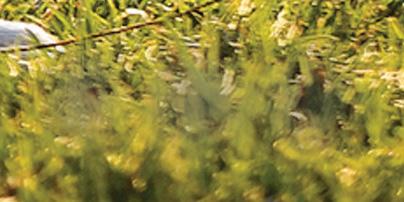

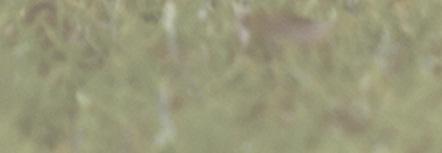





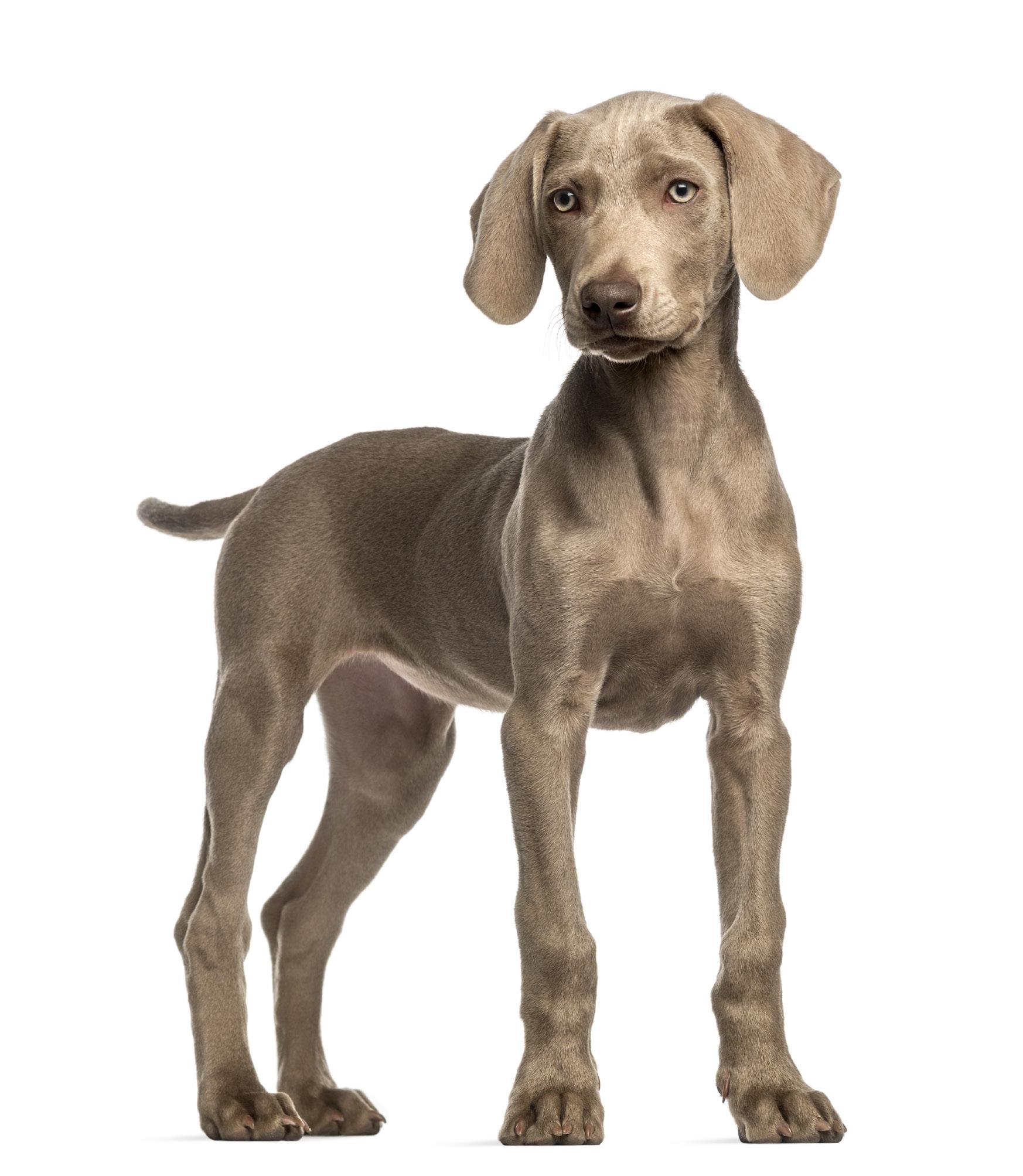
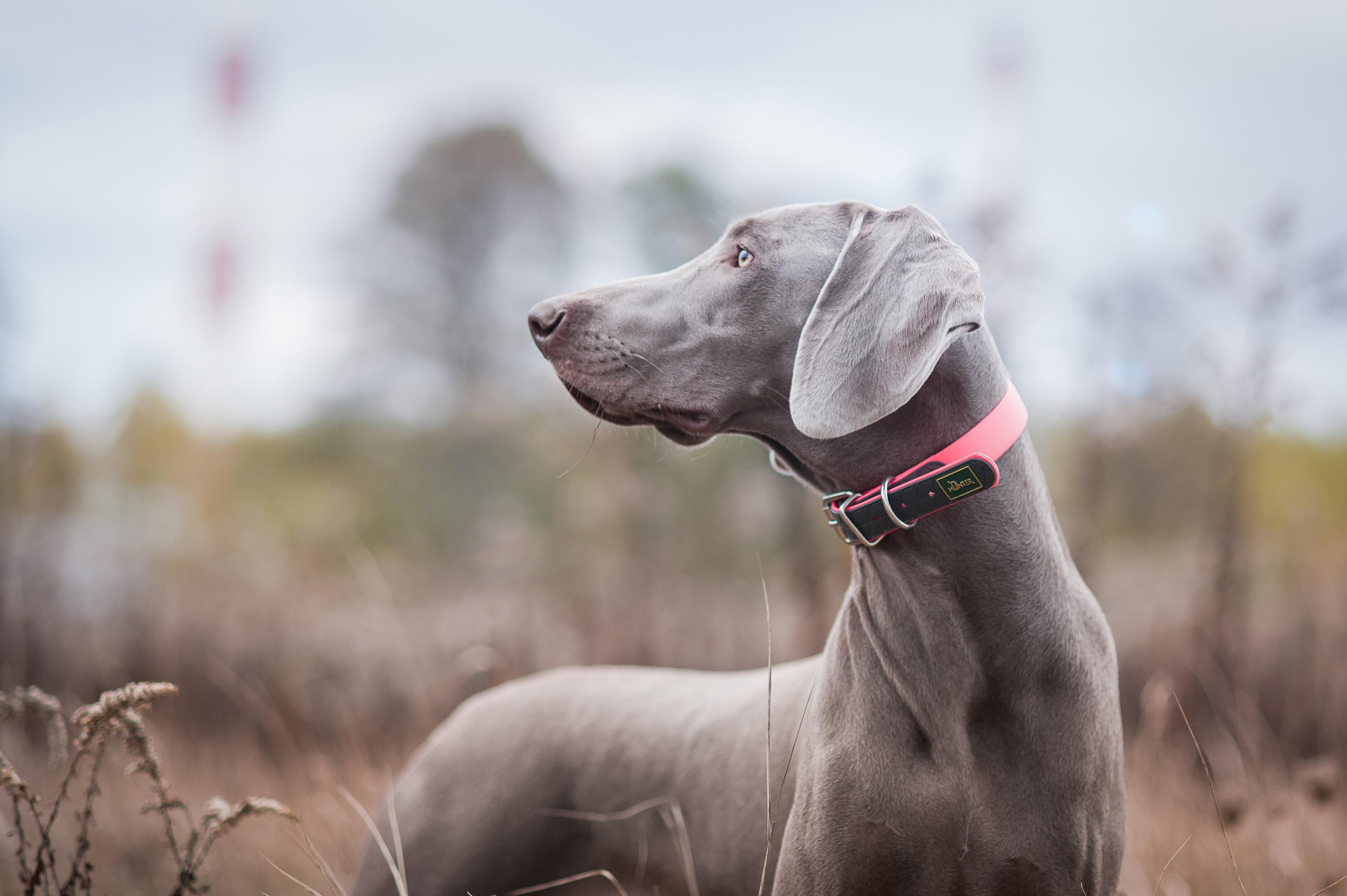


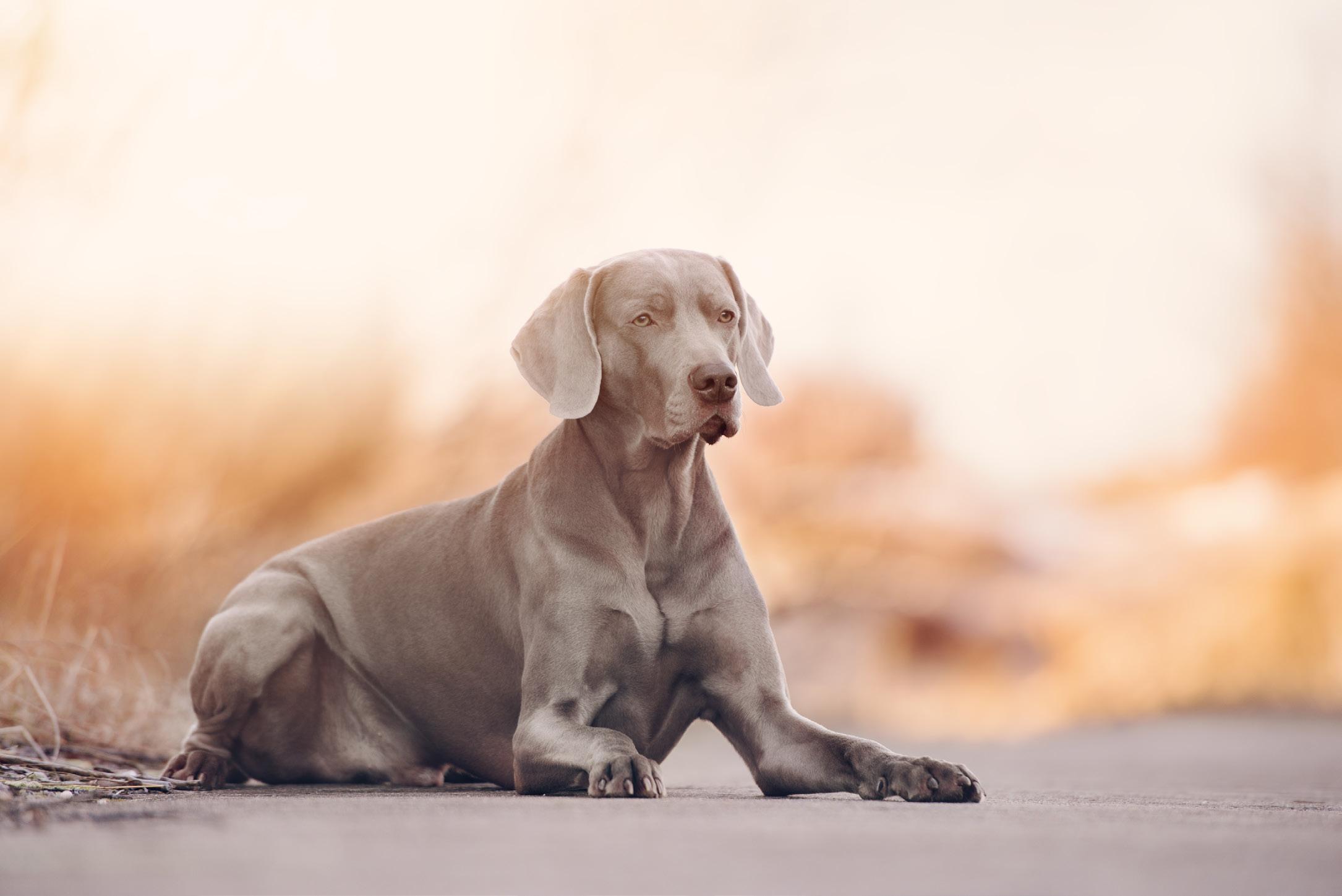


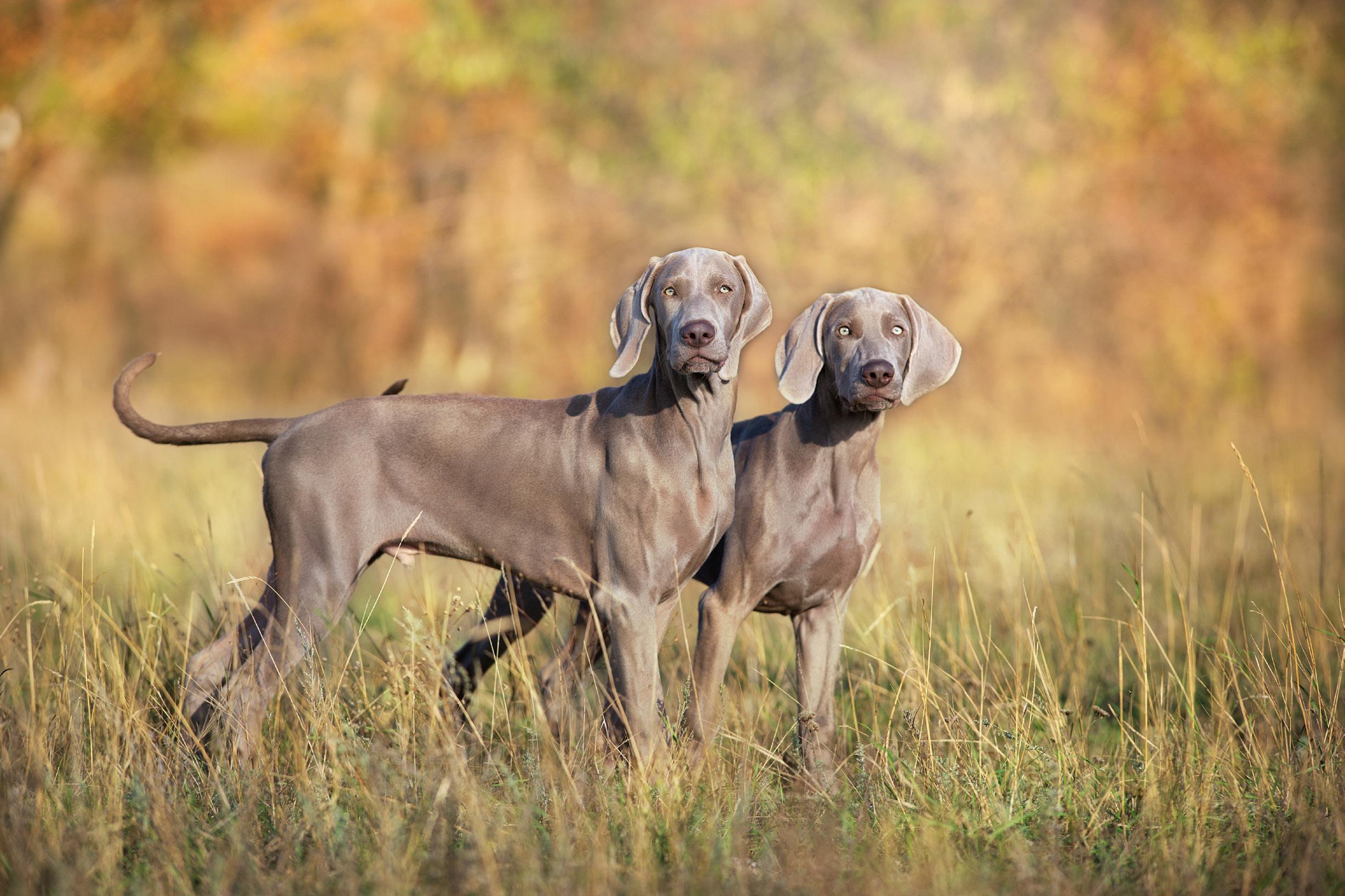
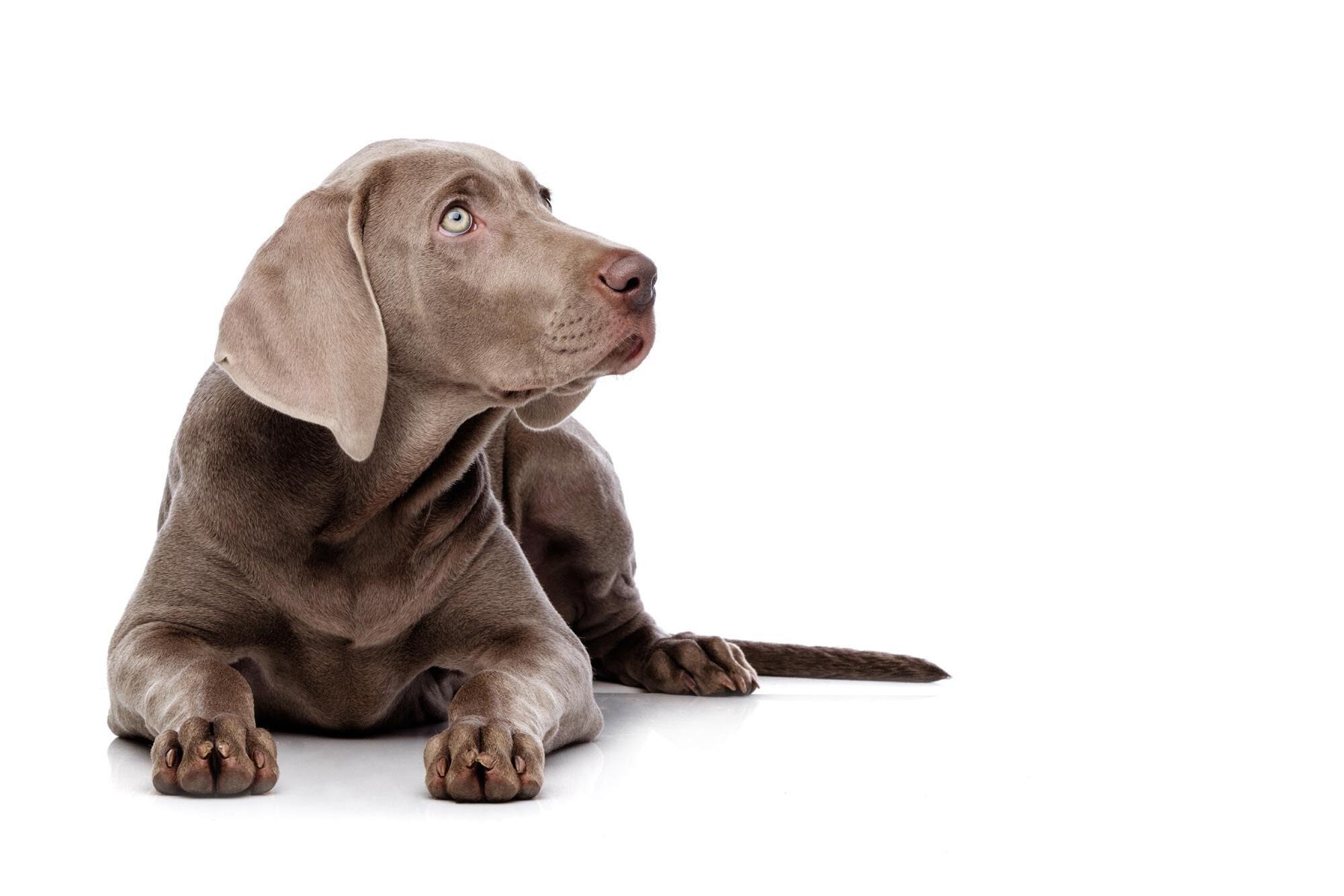

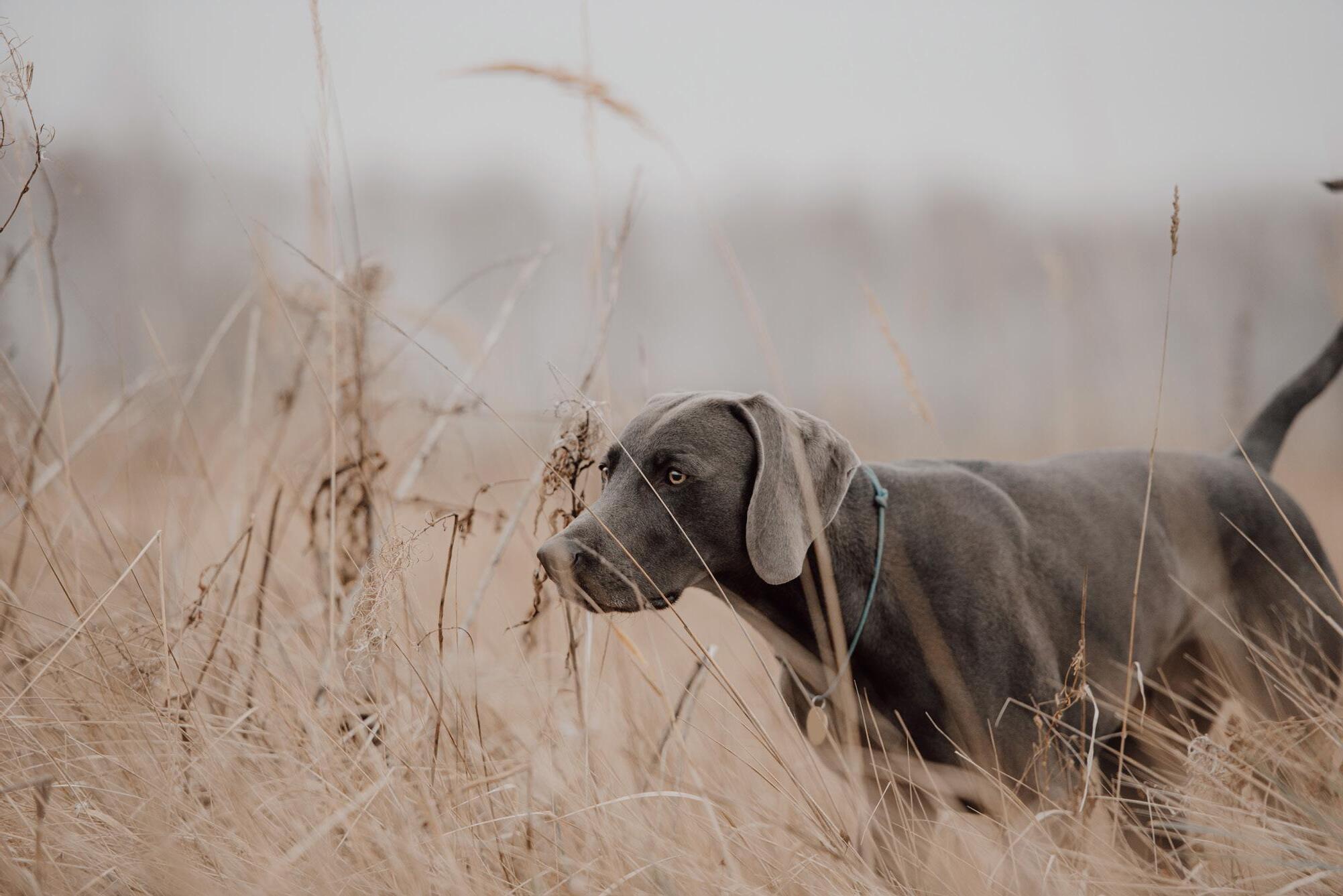

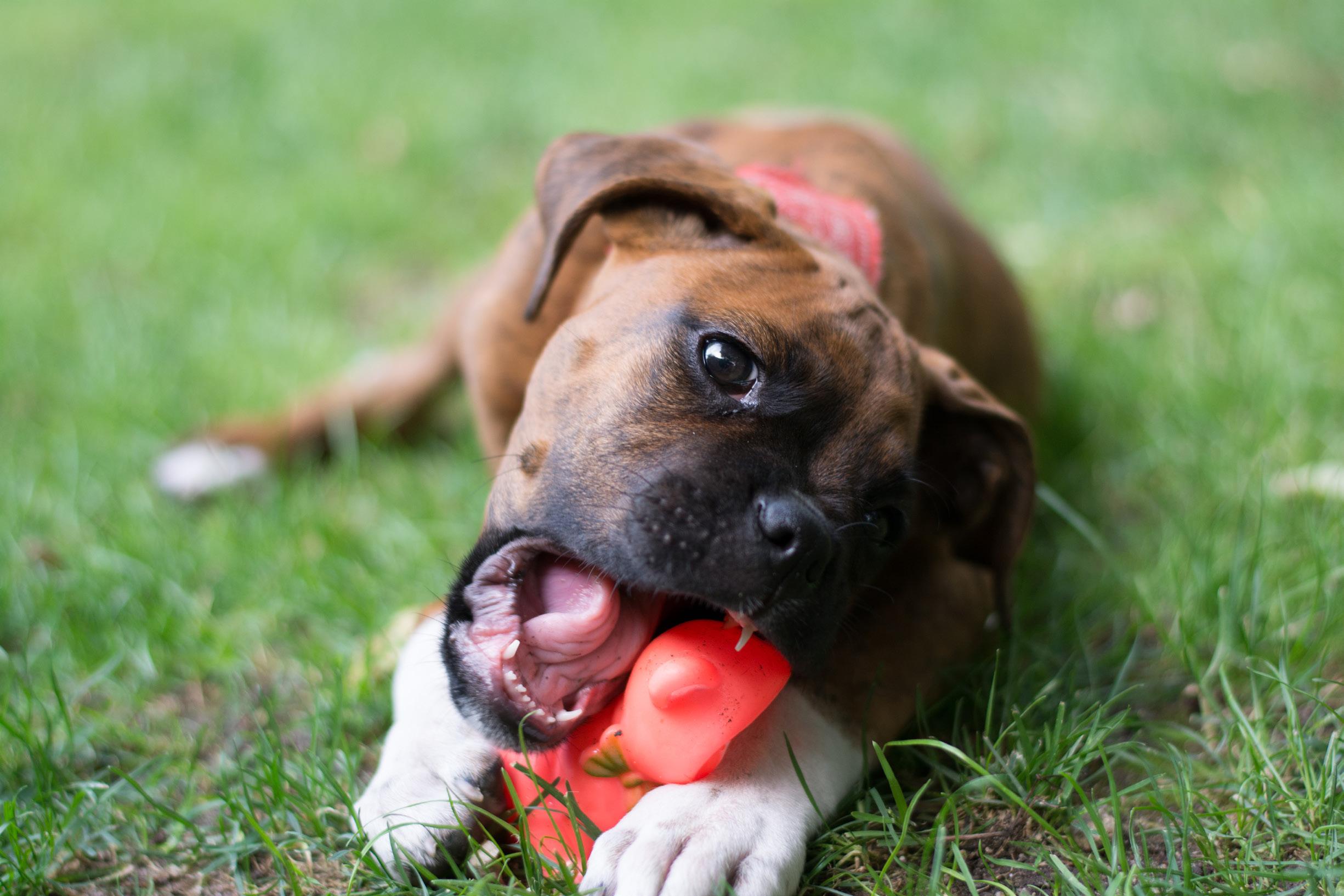








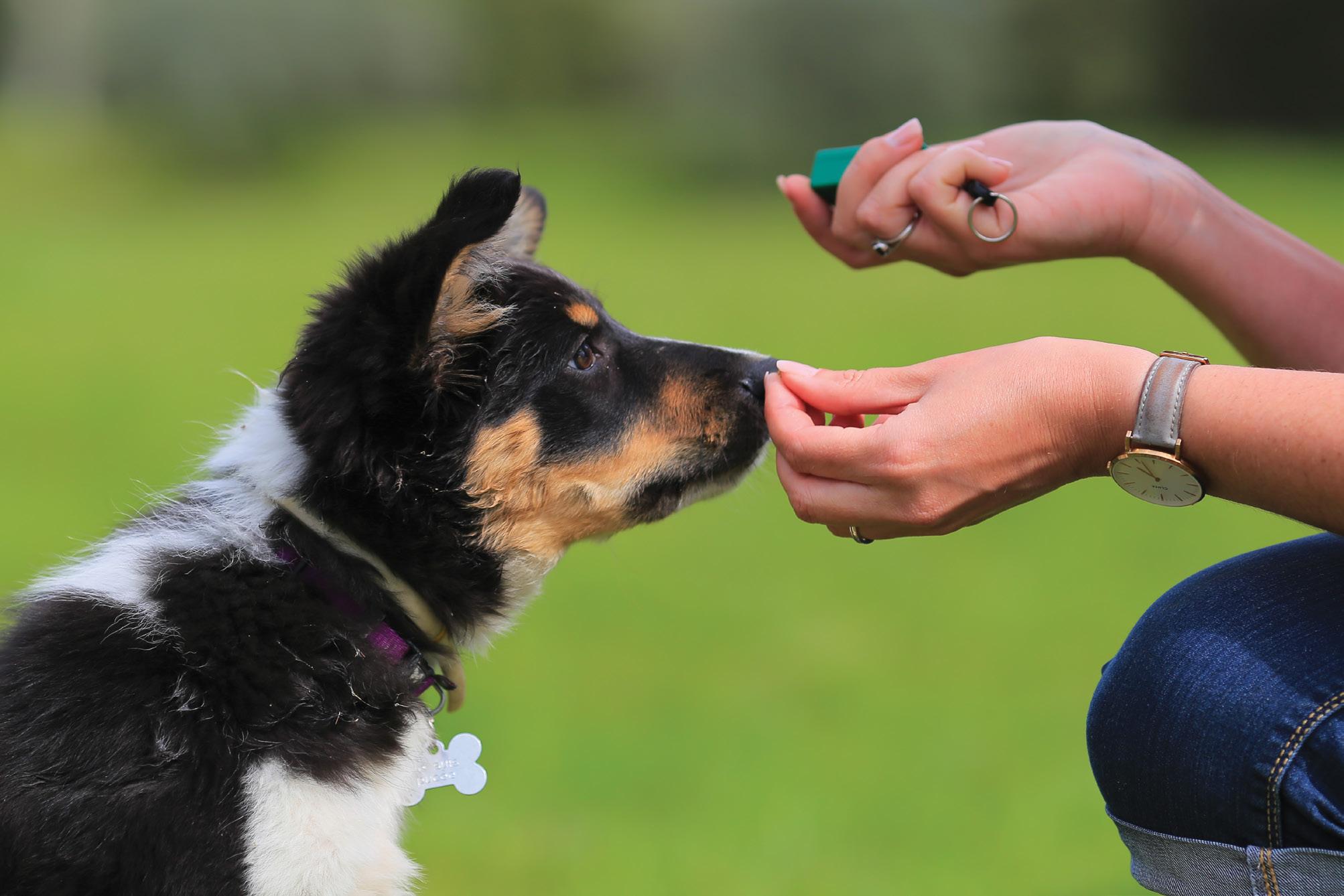












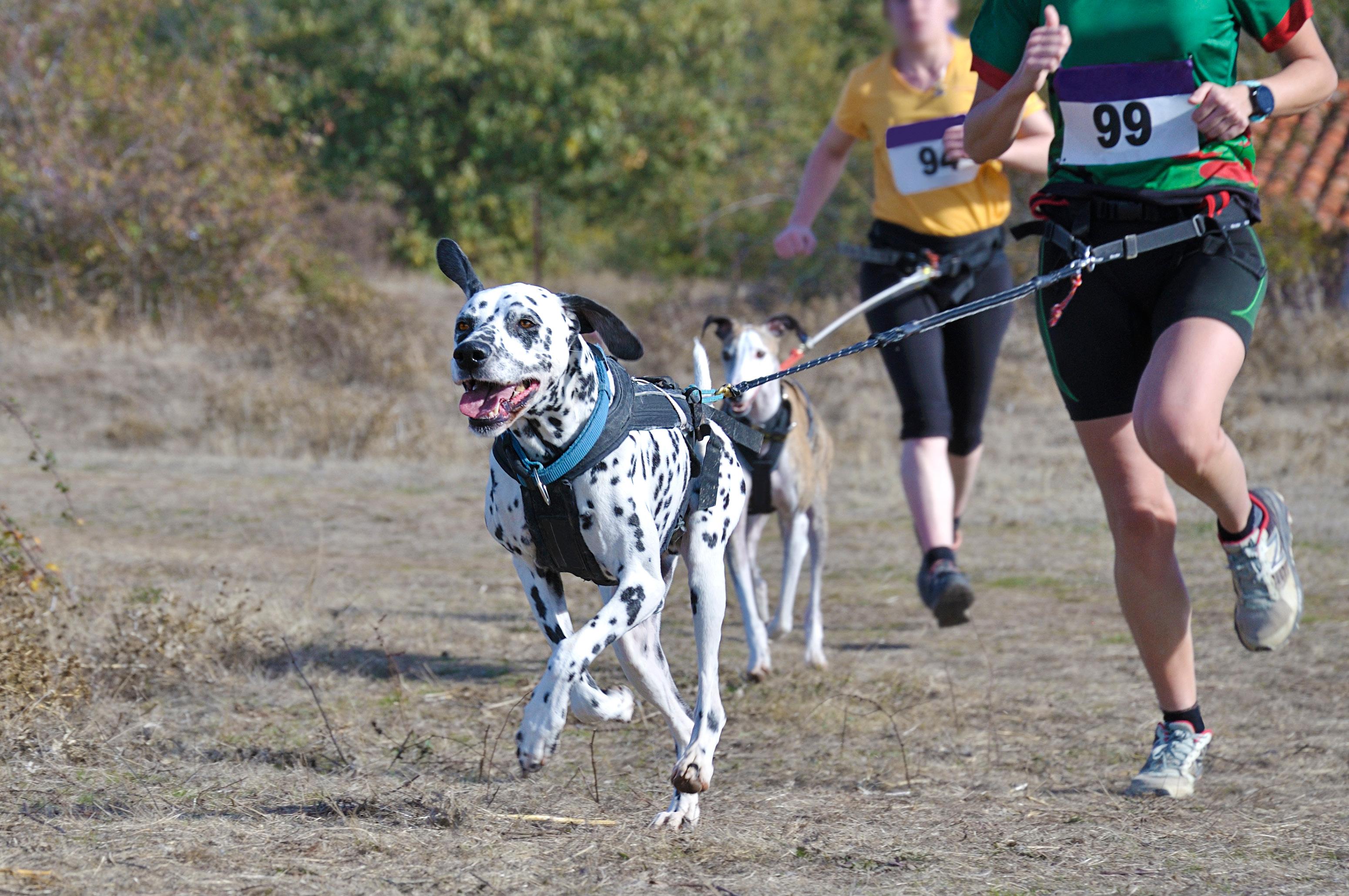
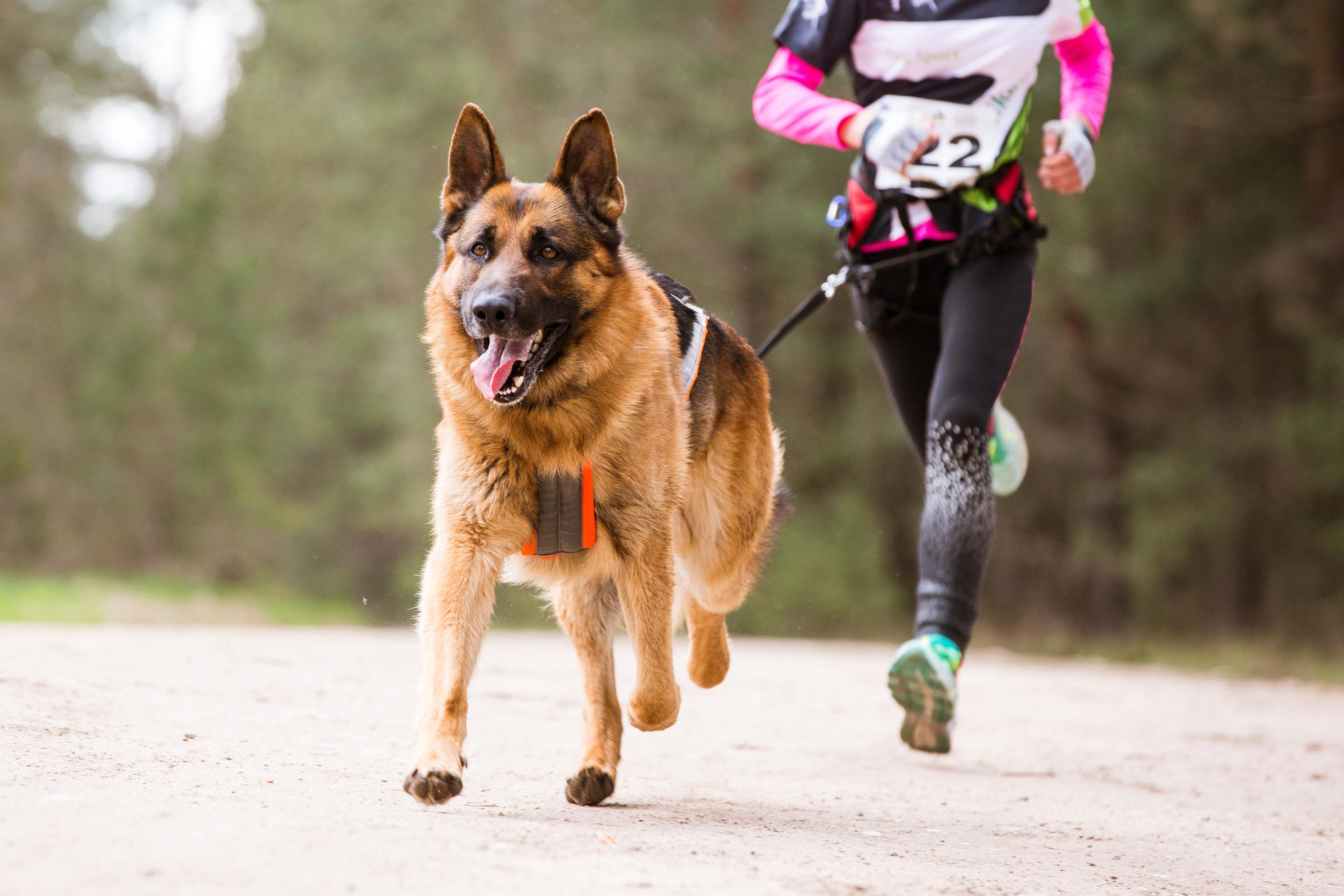







































 Text | THE AHAH TEAM
Text | THE AHAH TEAM

























